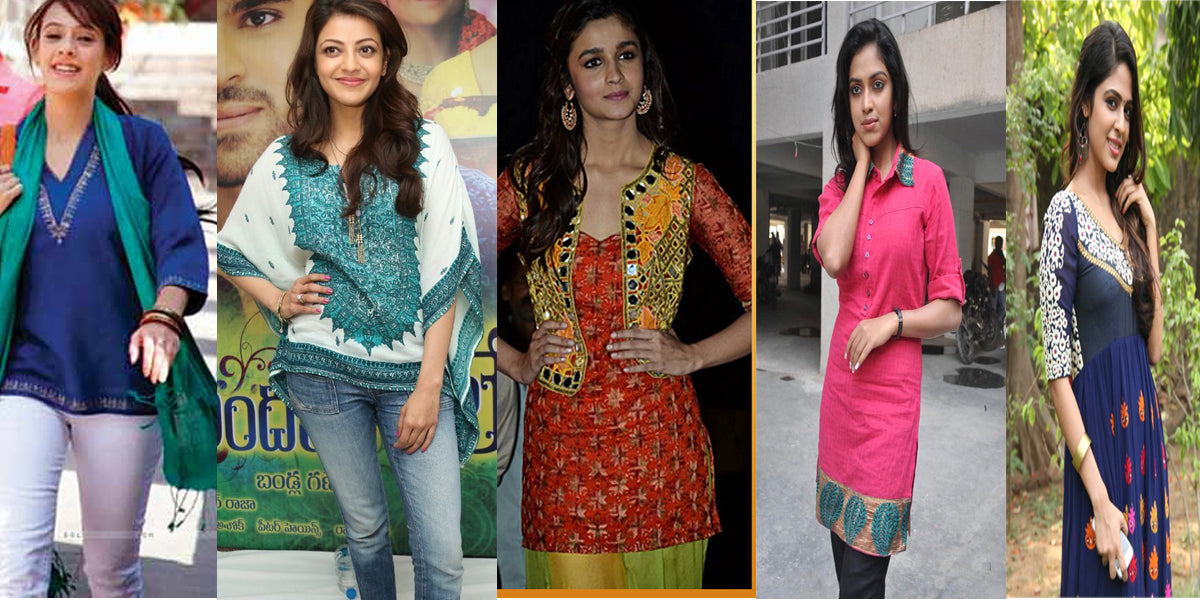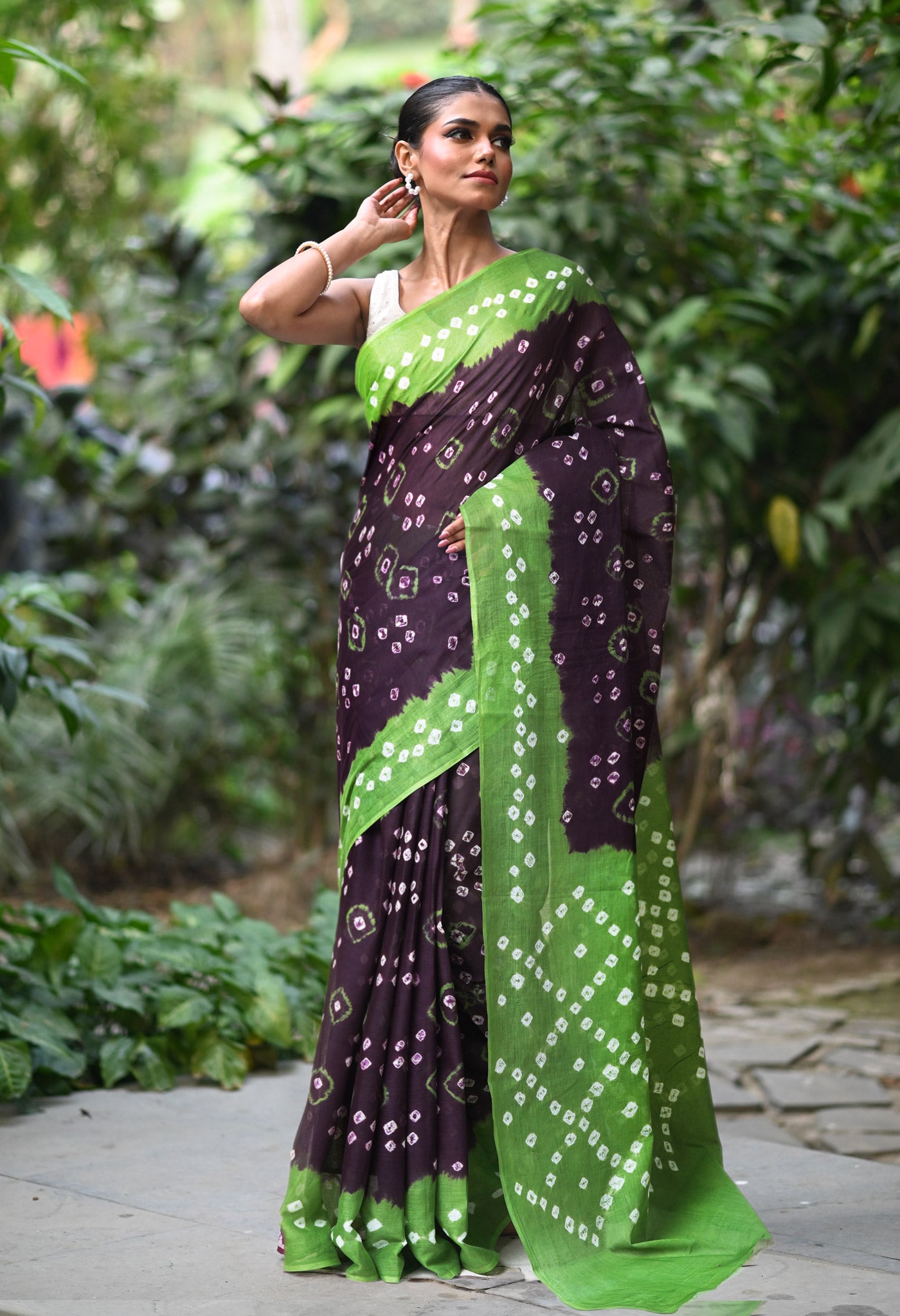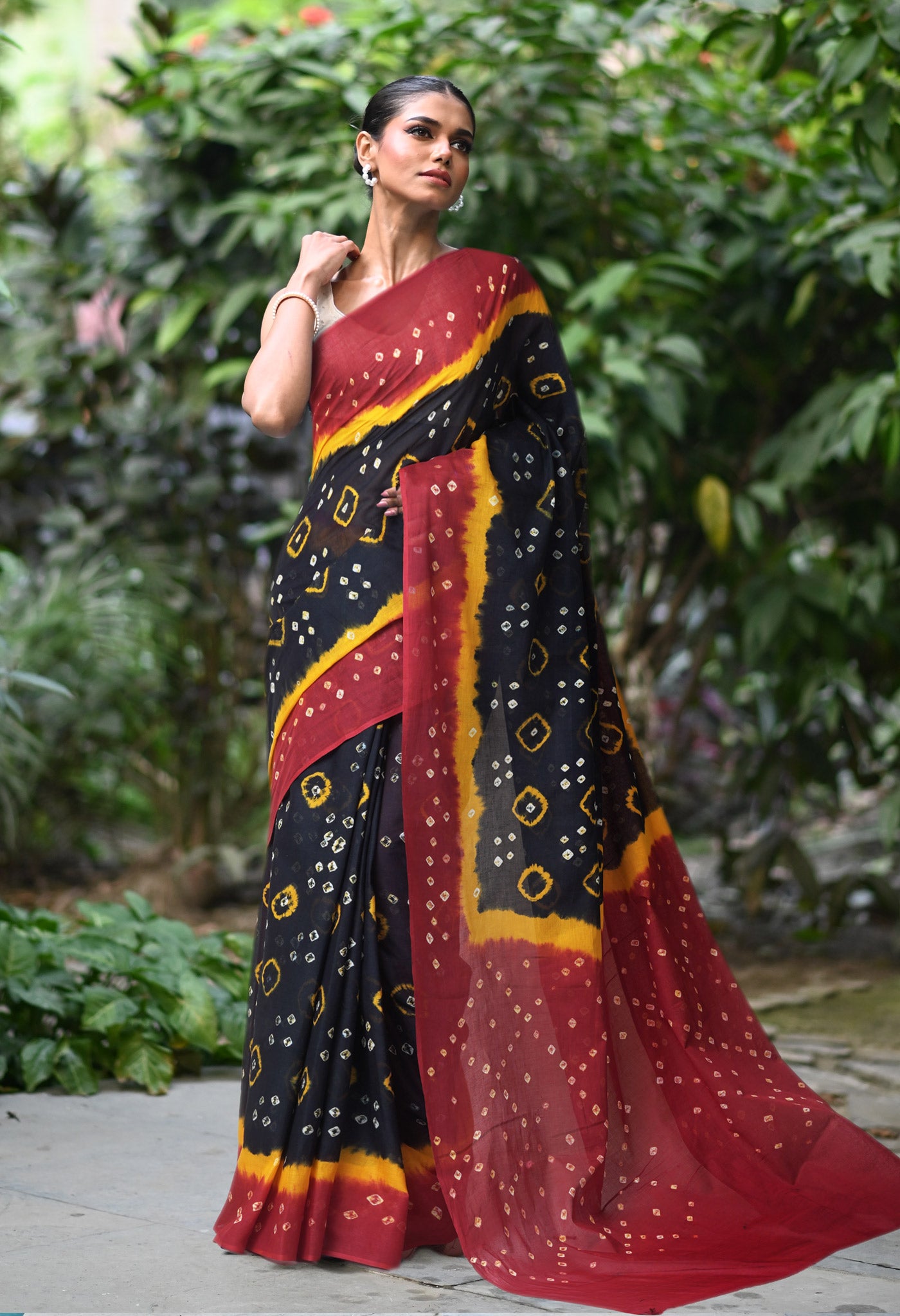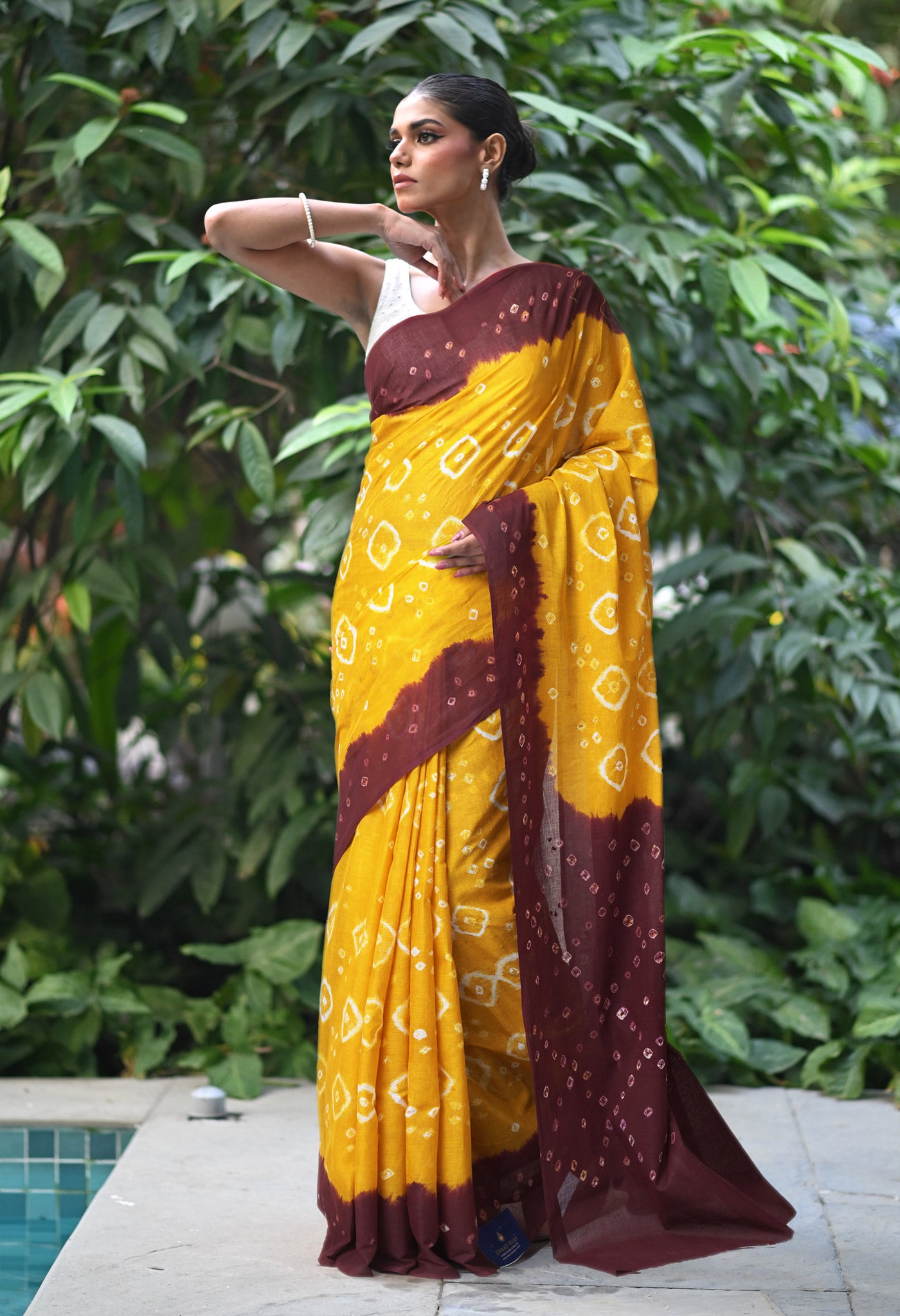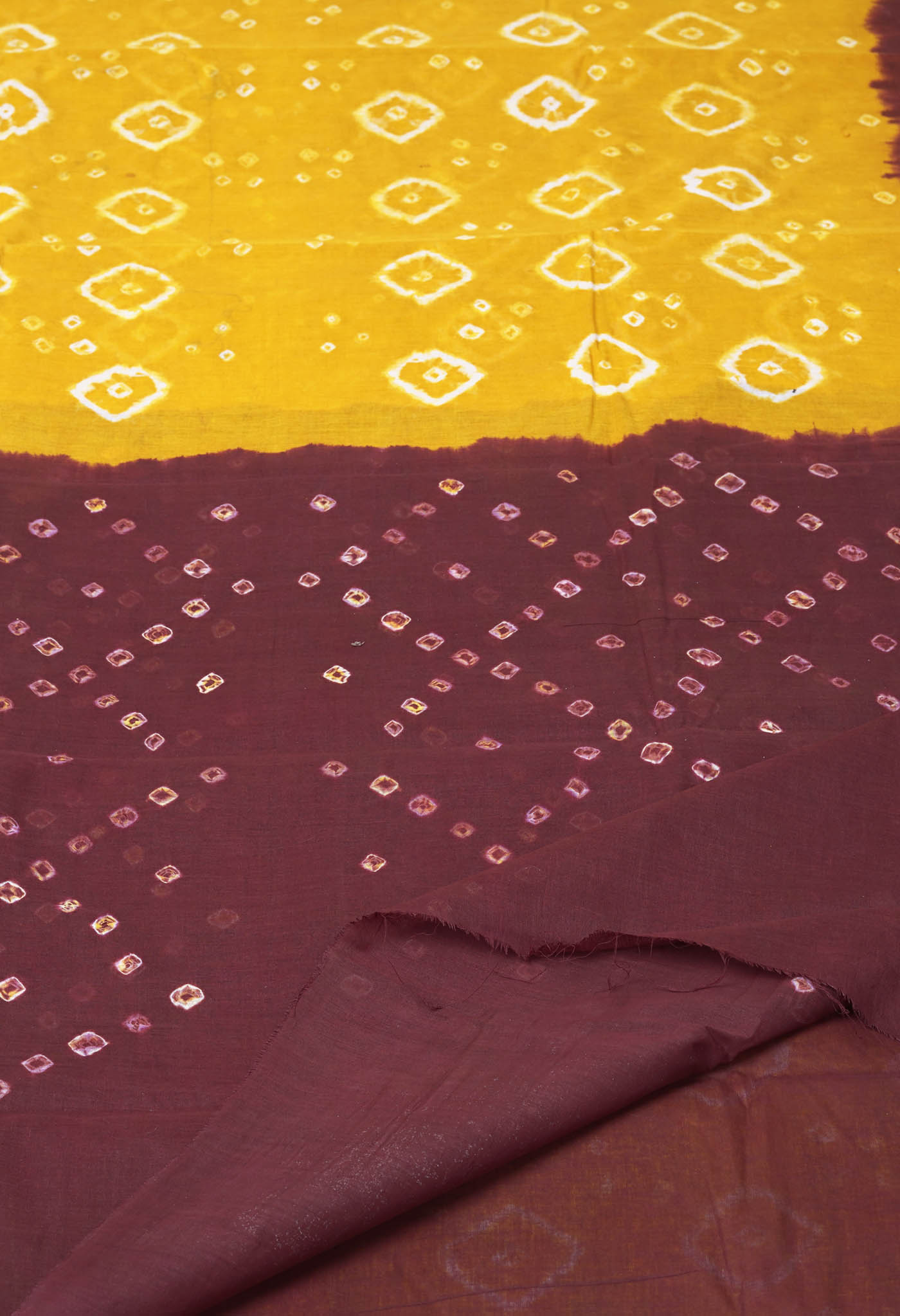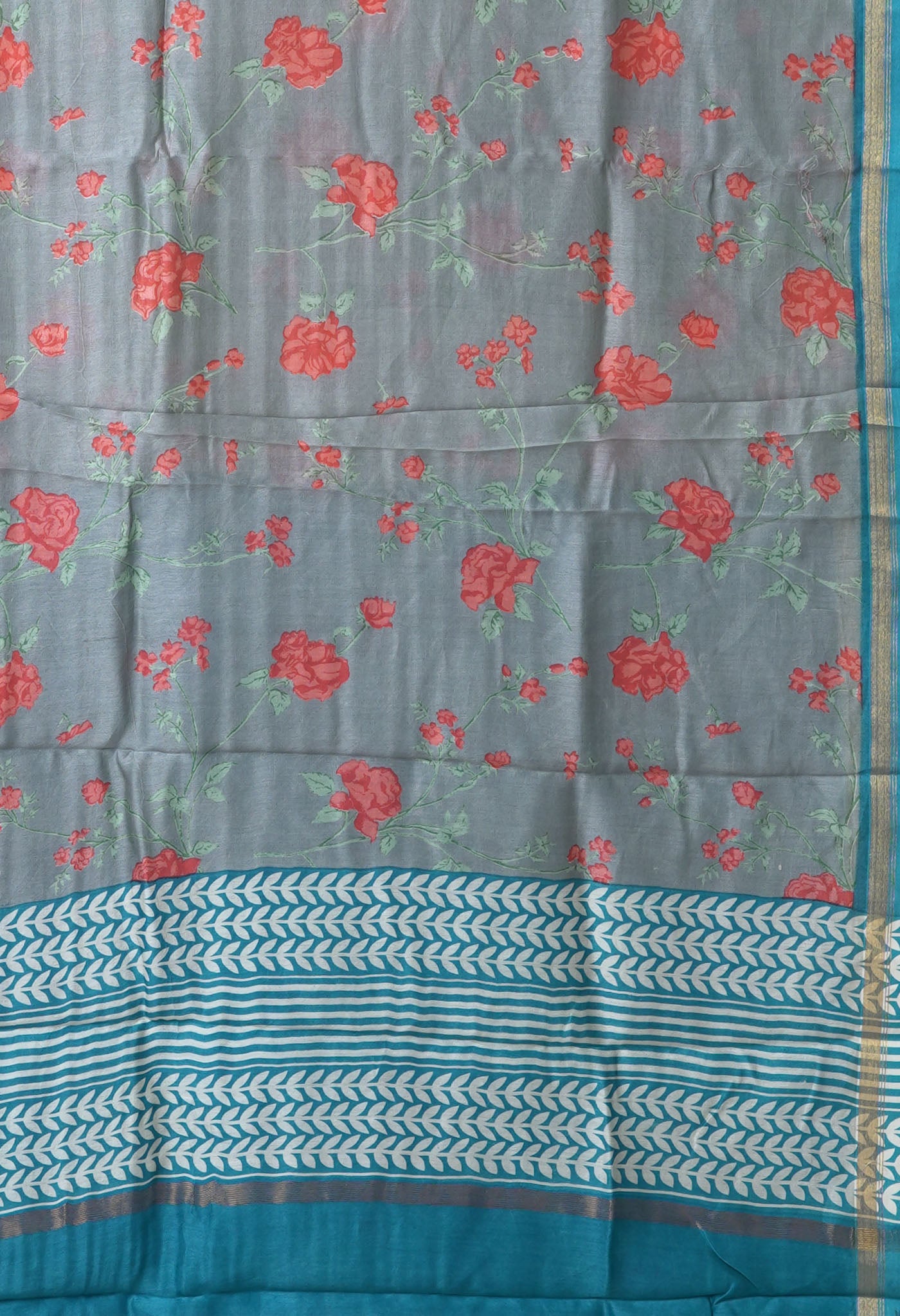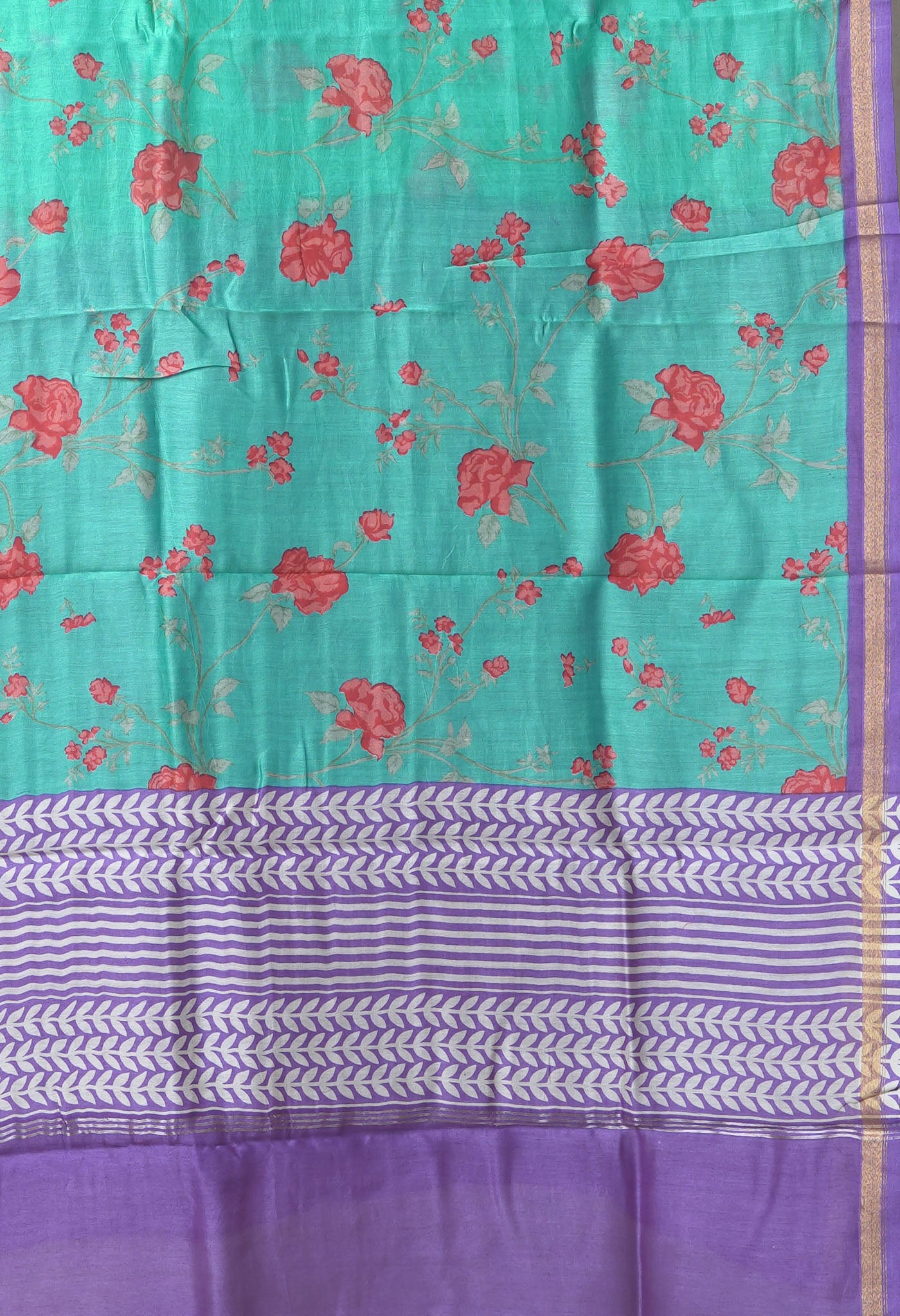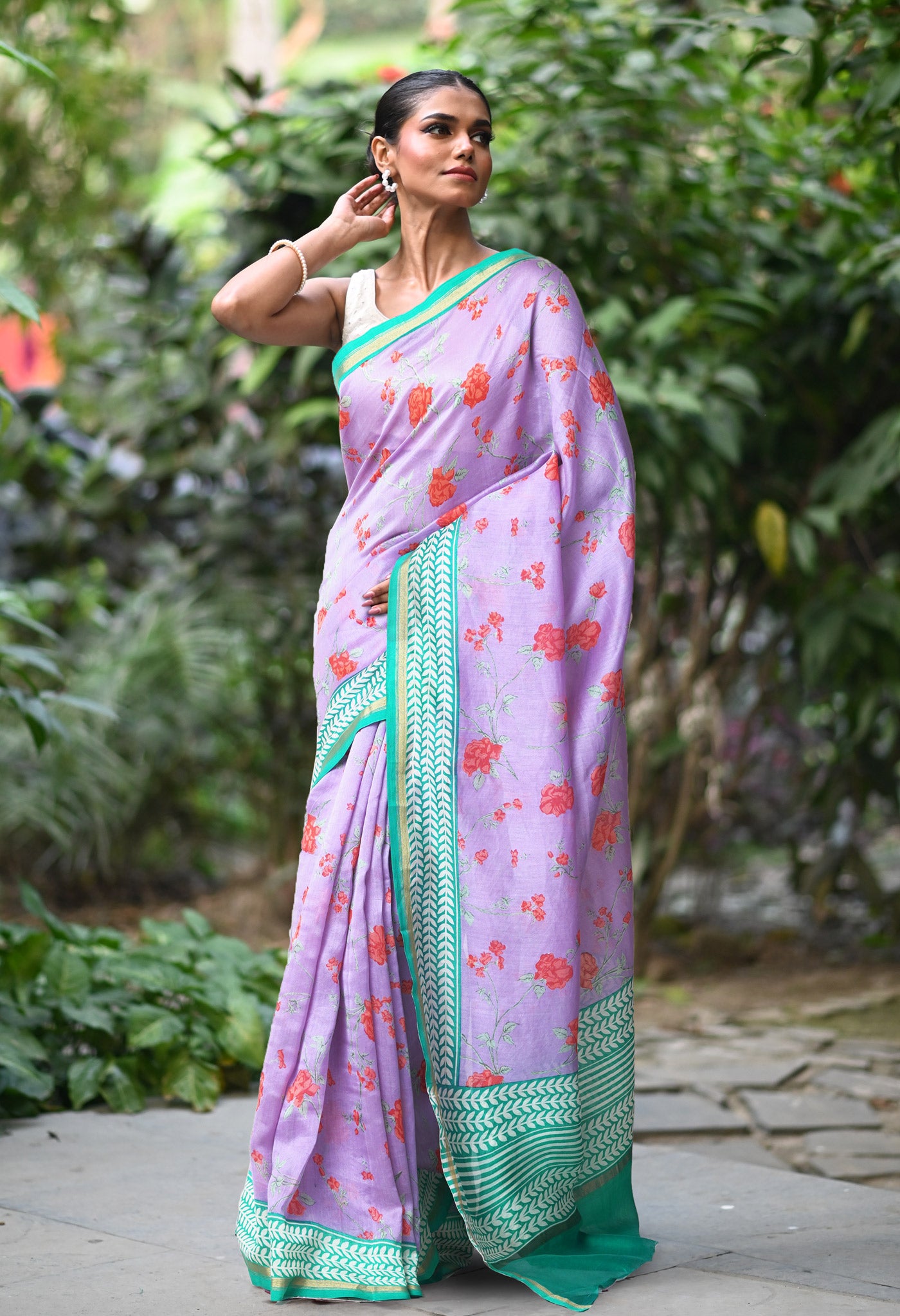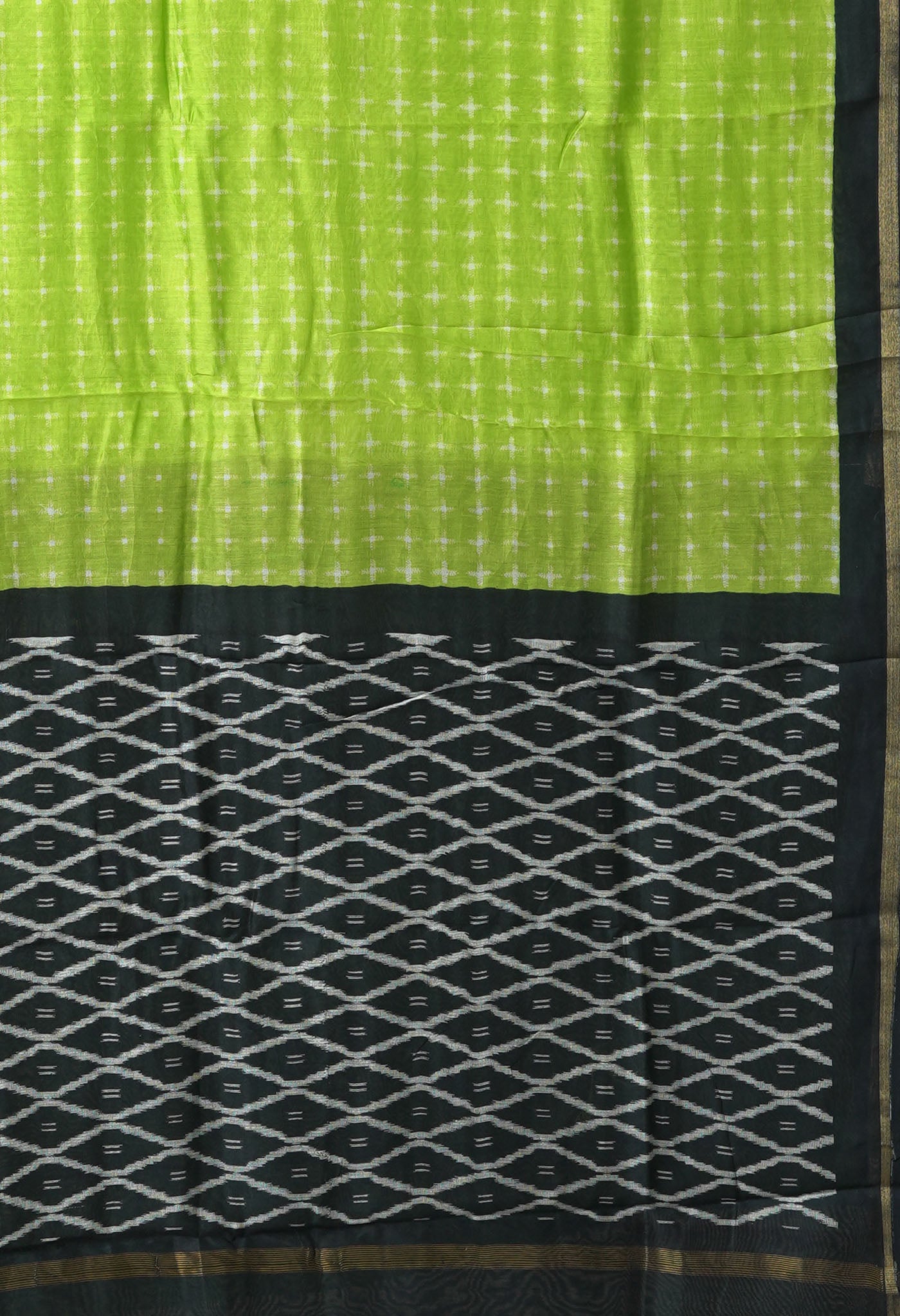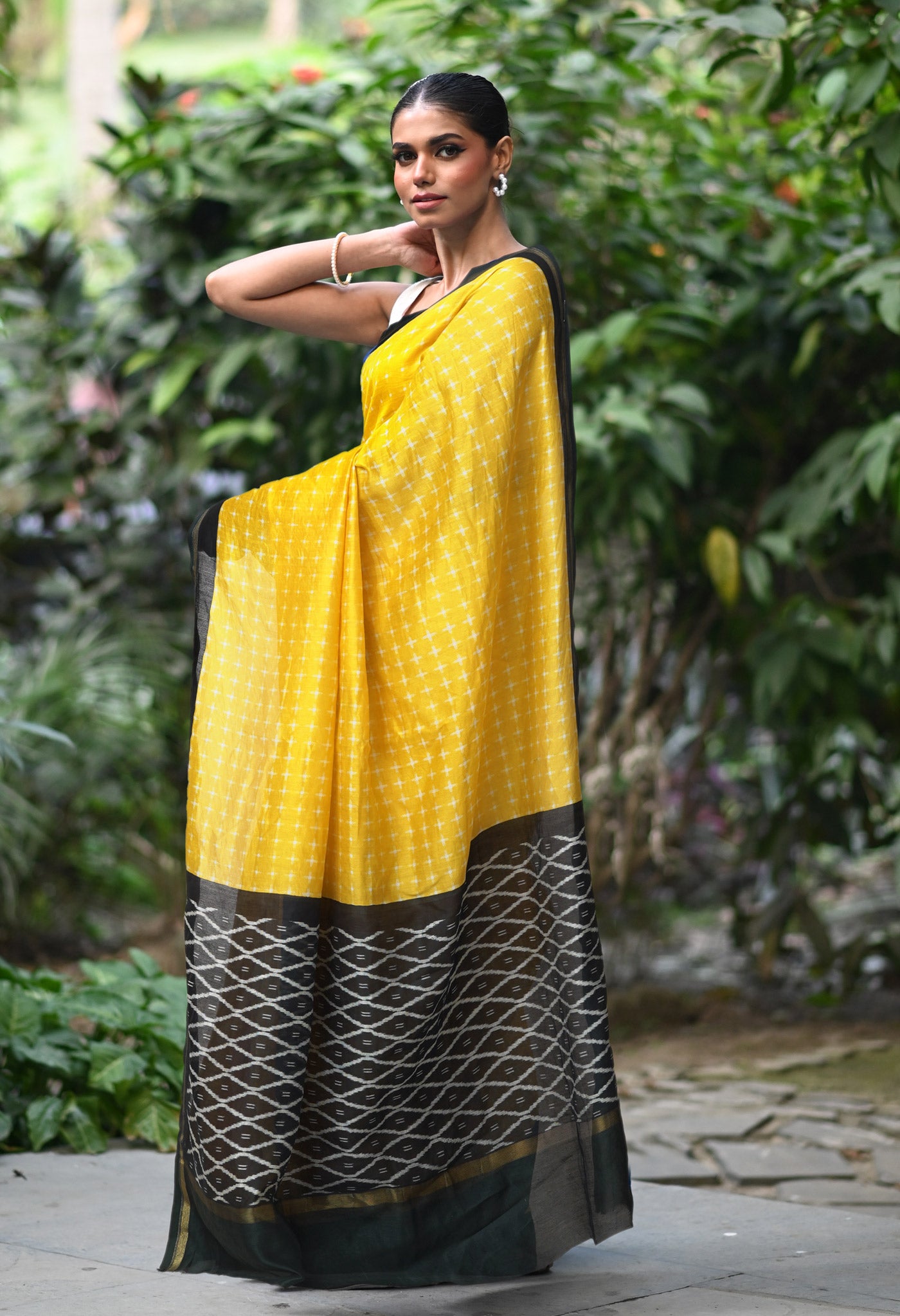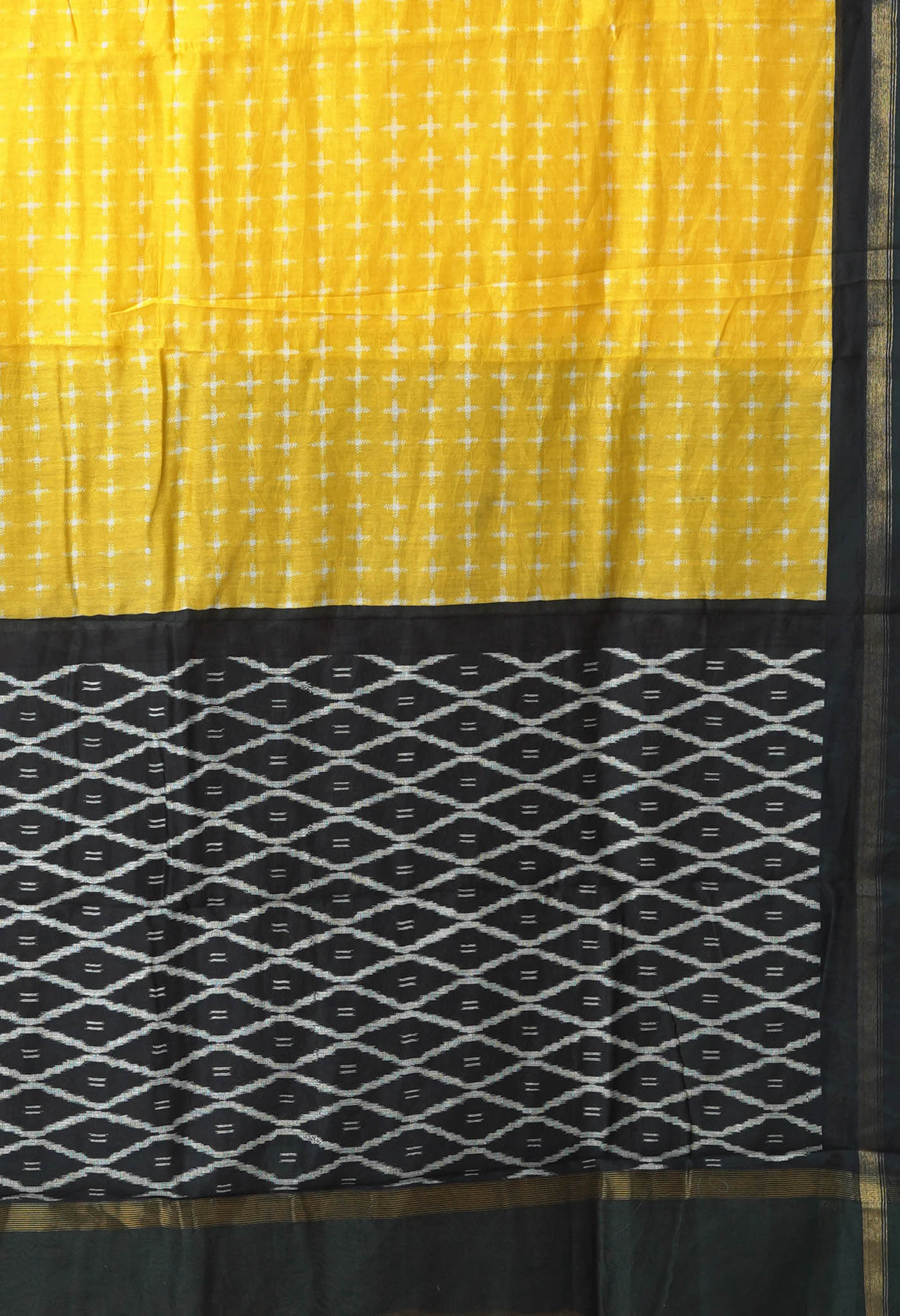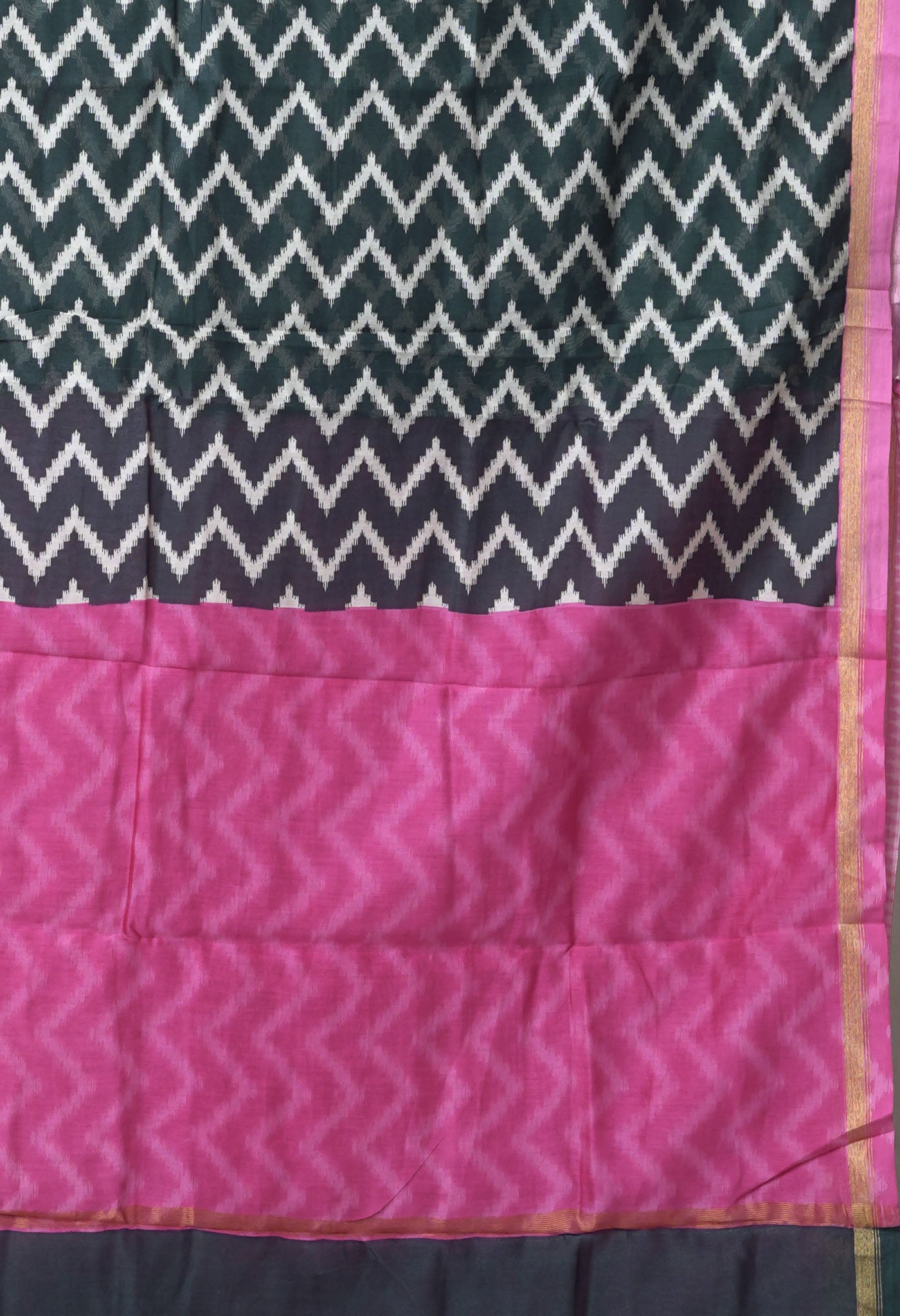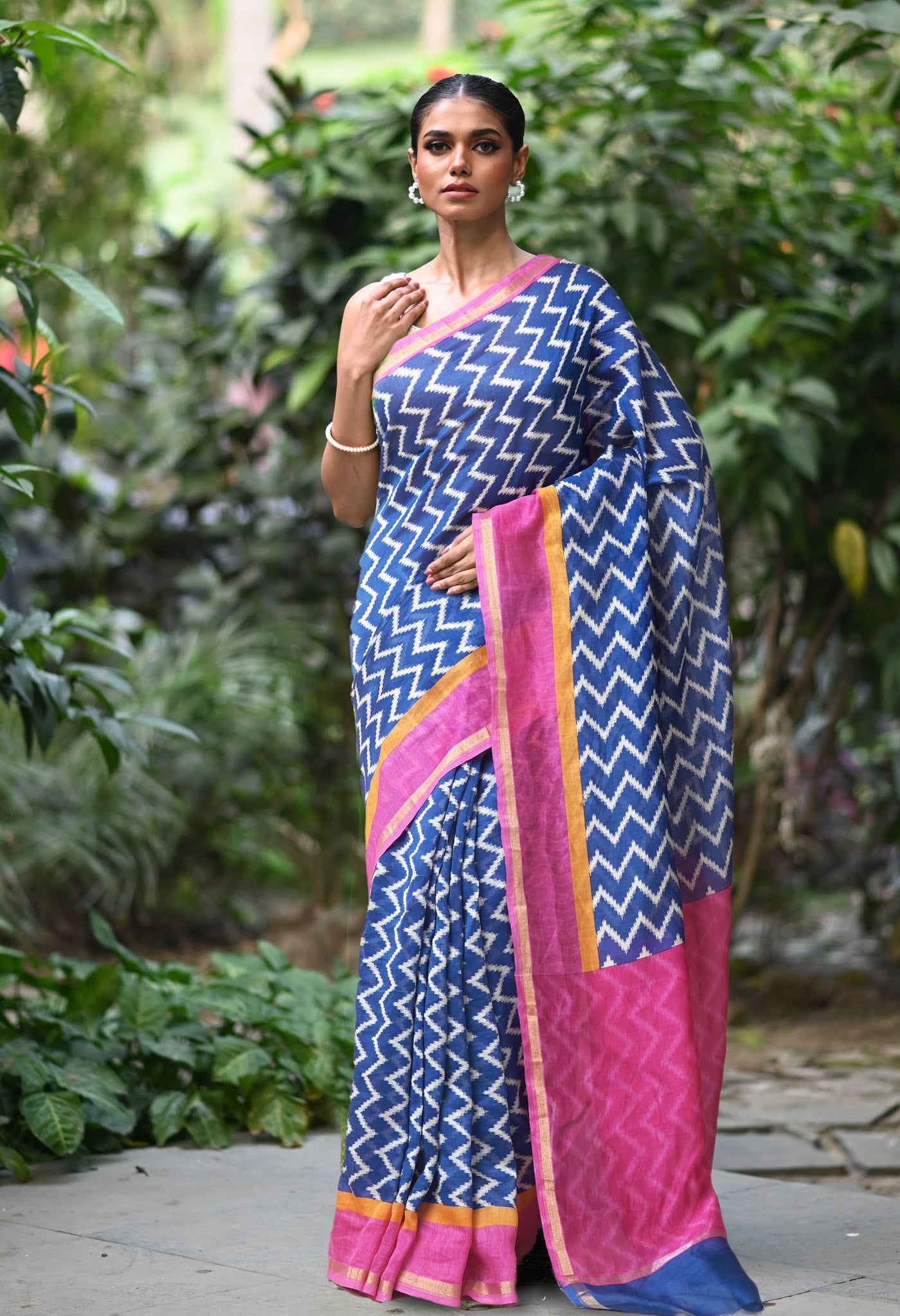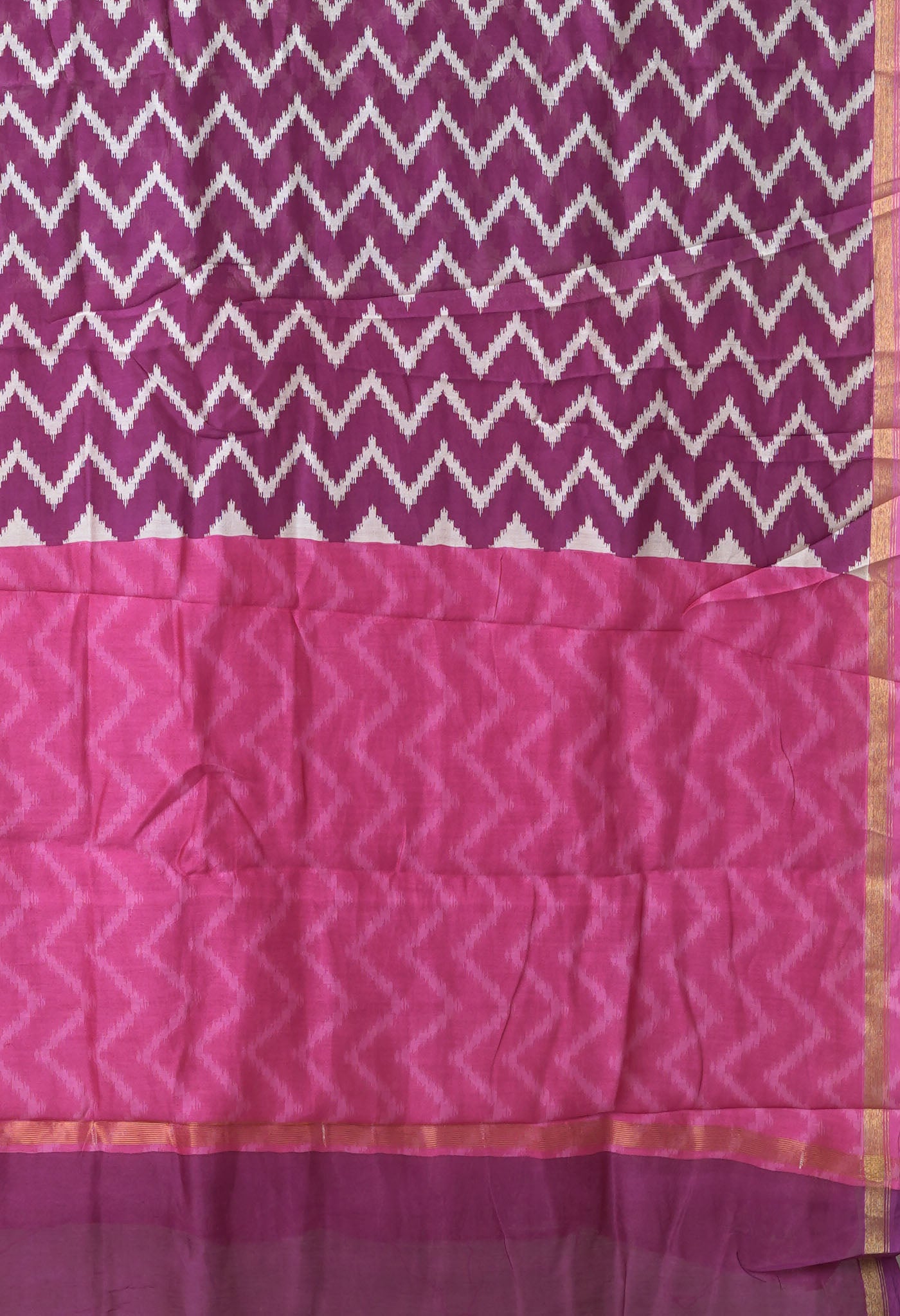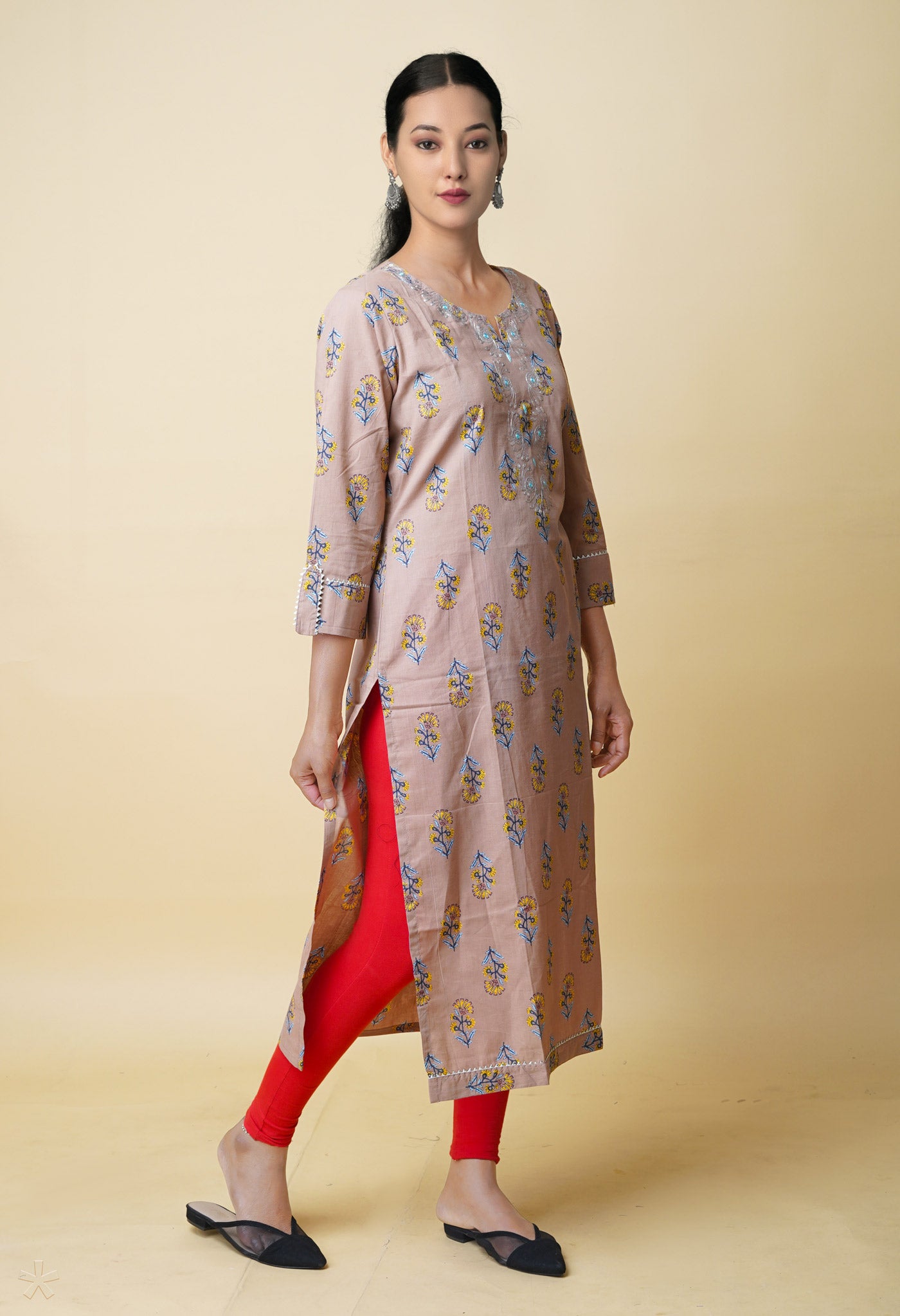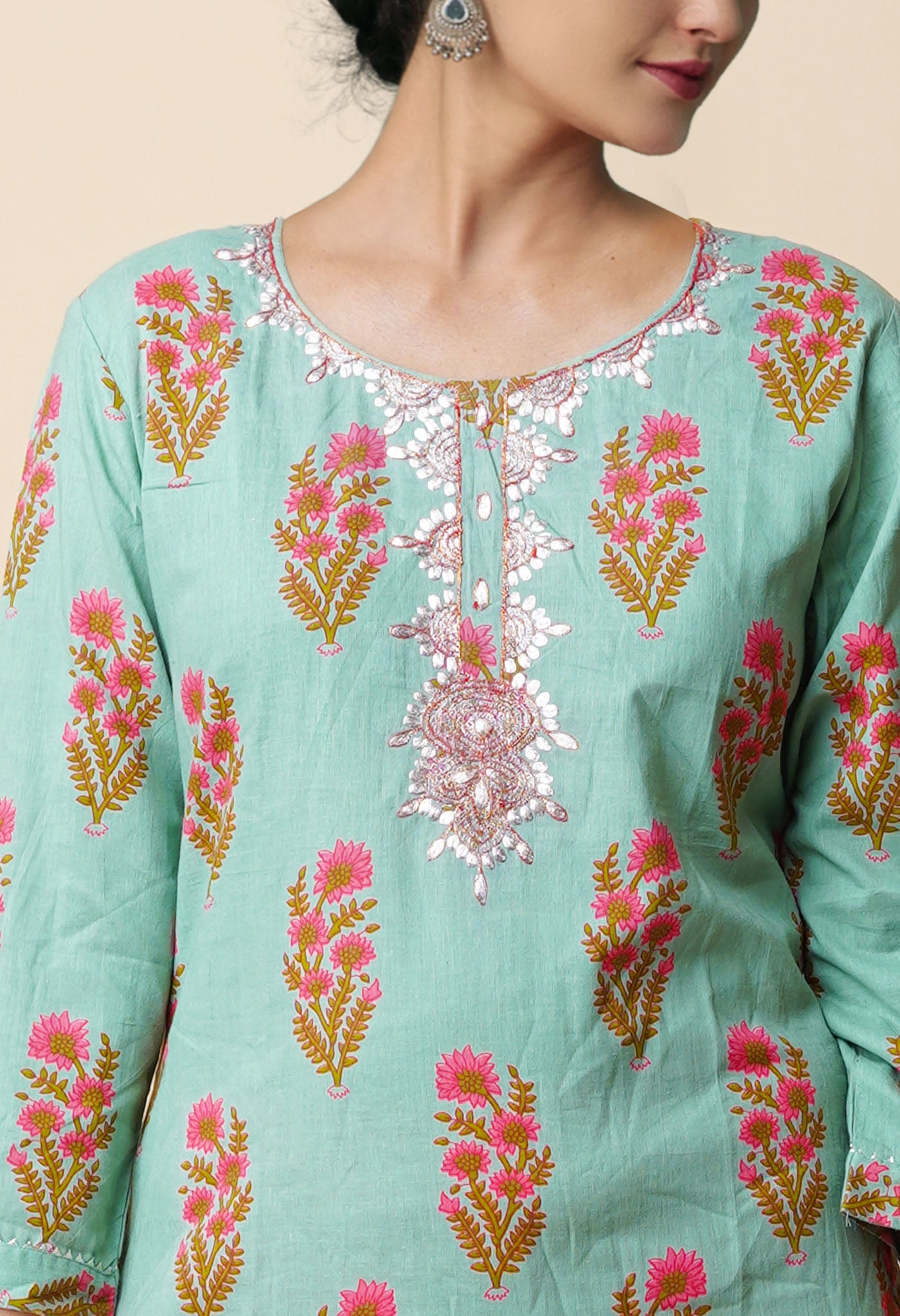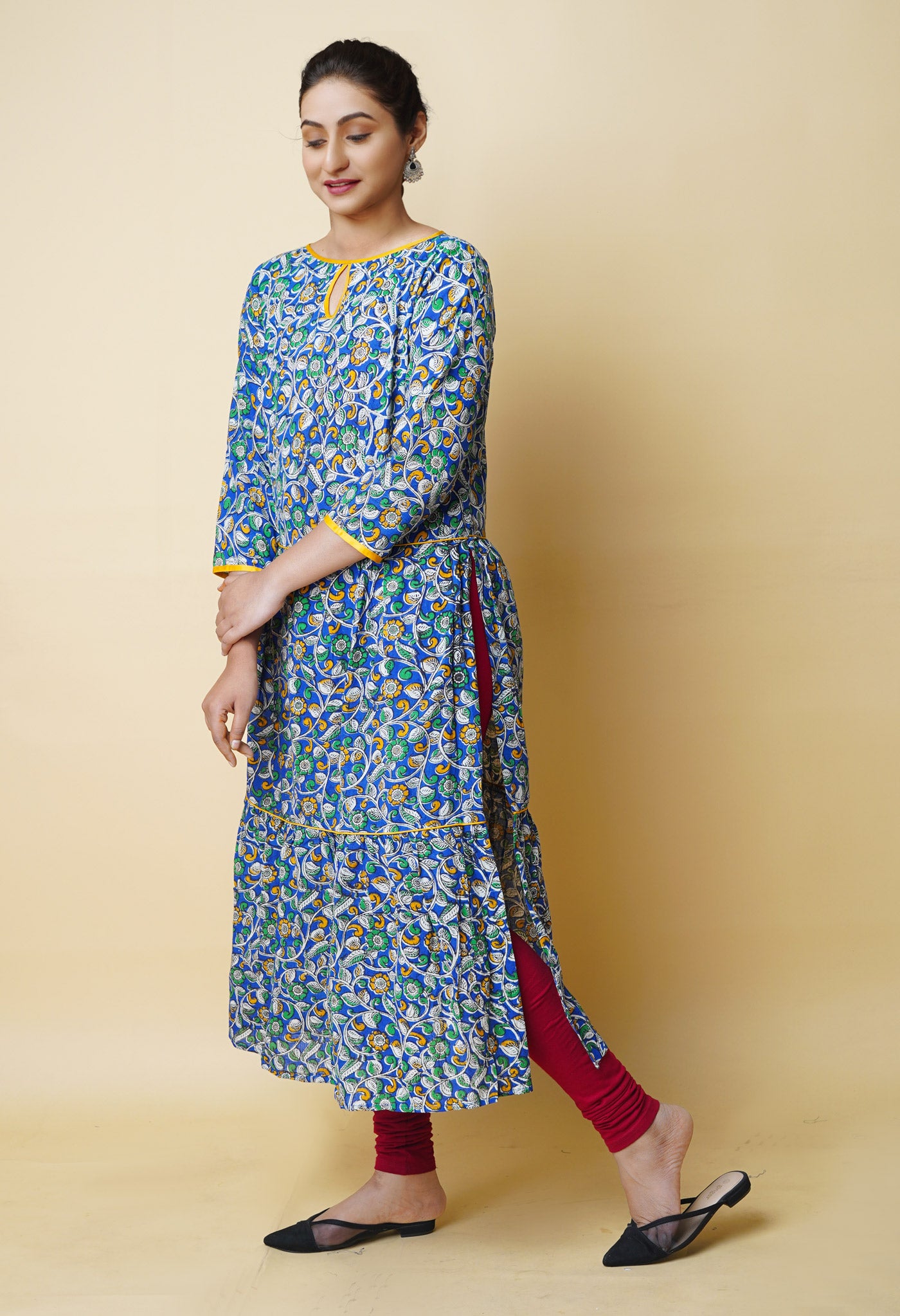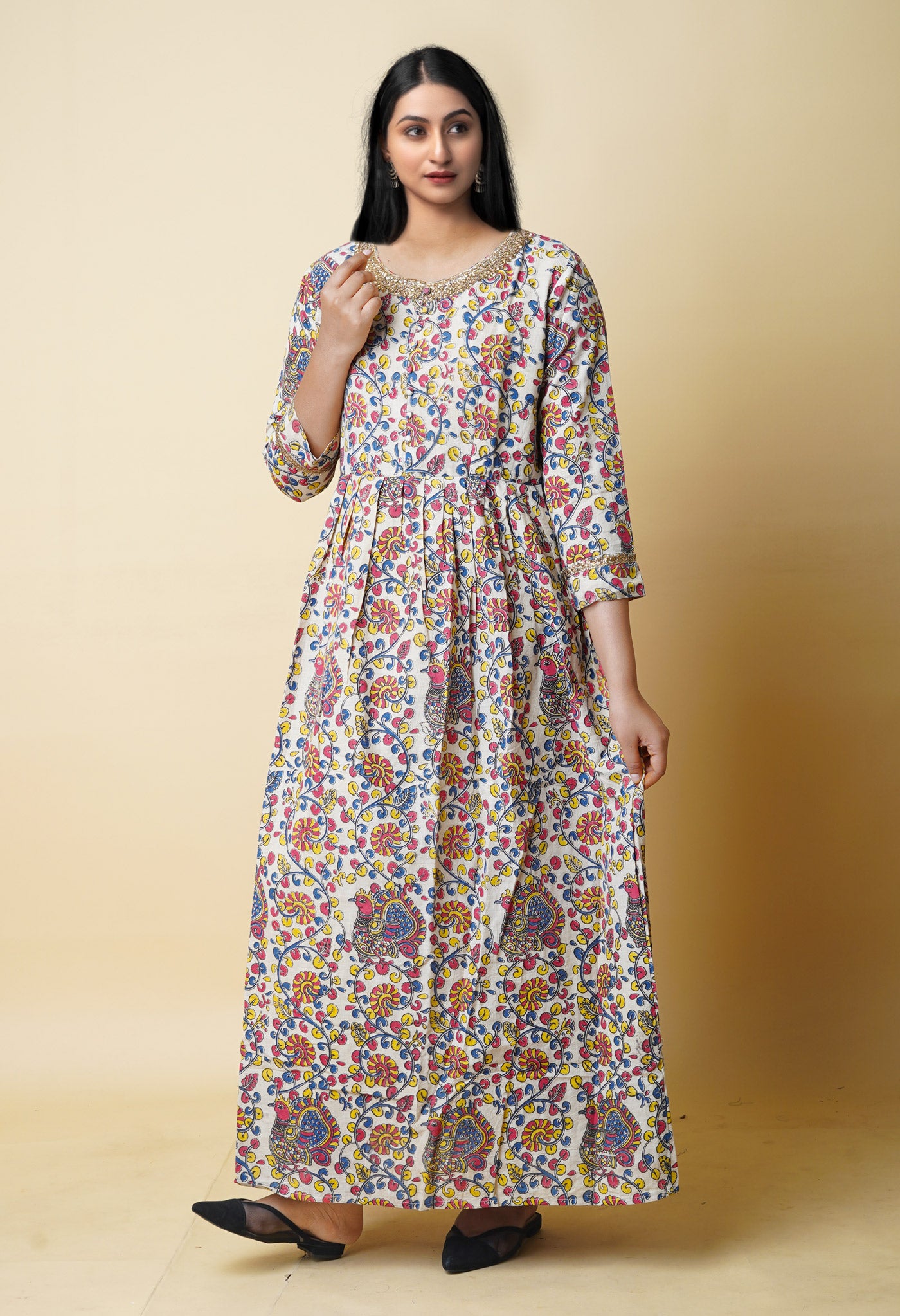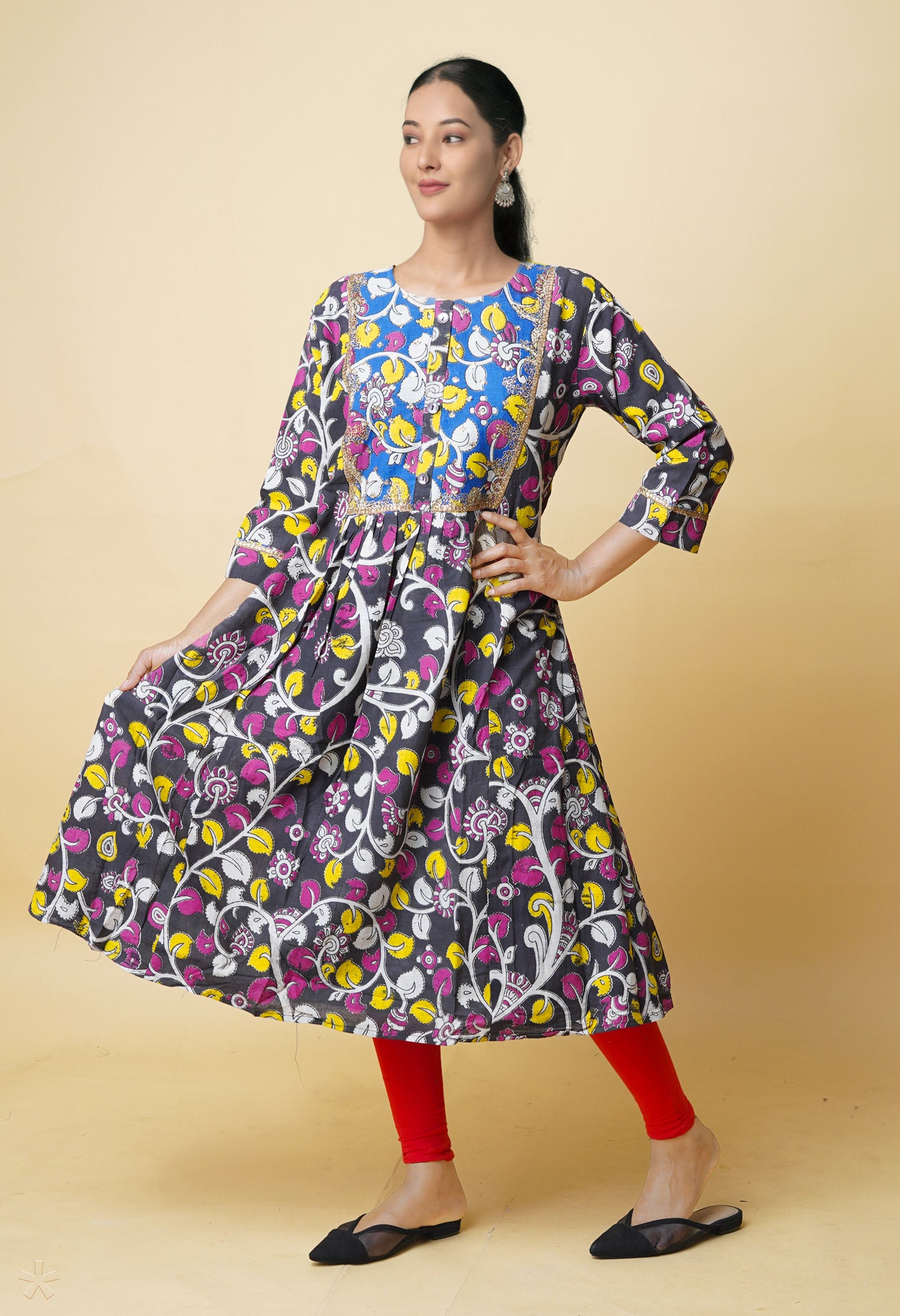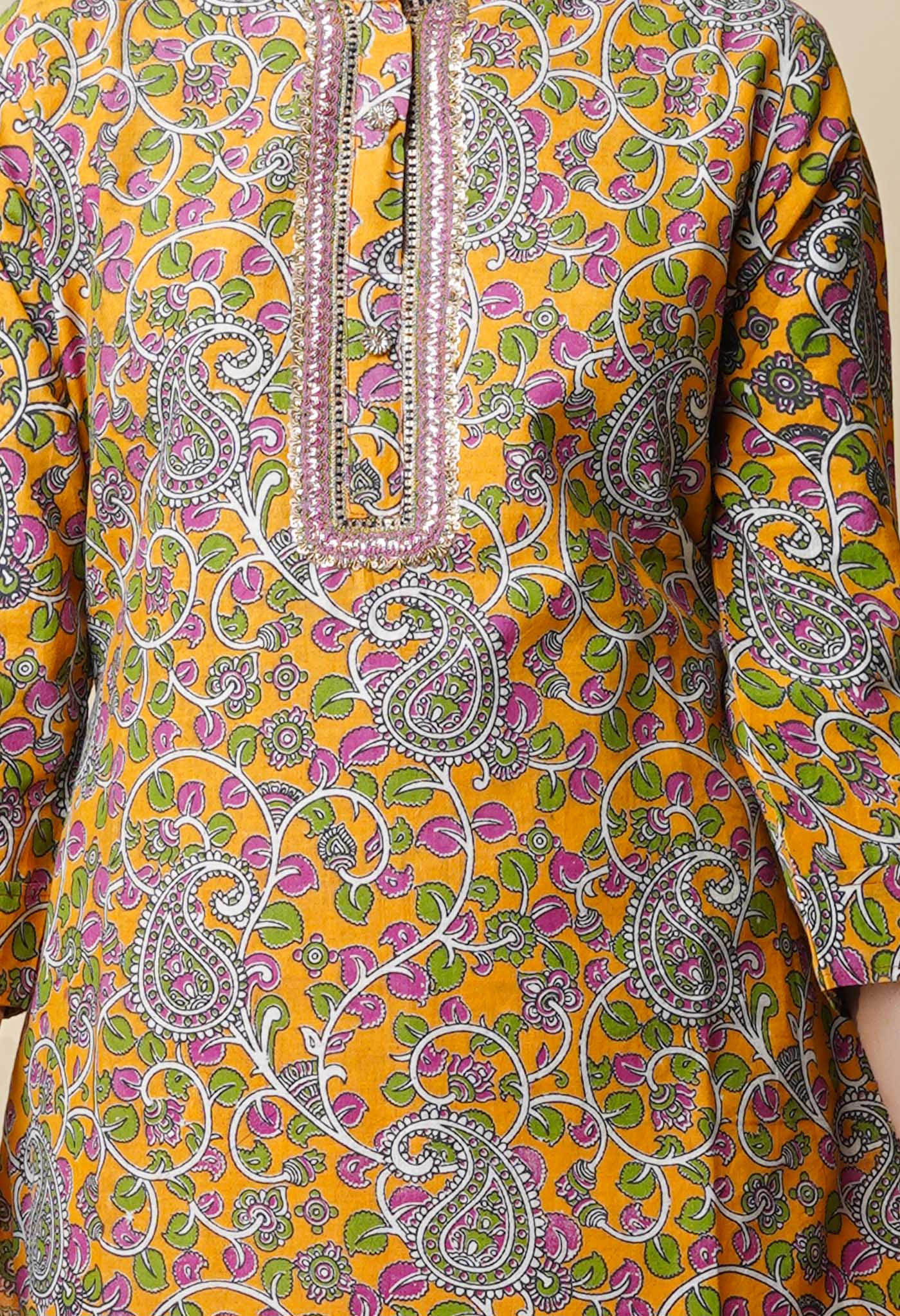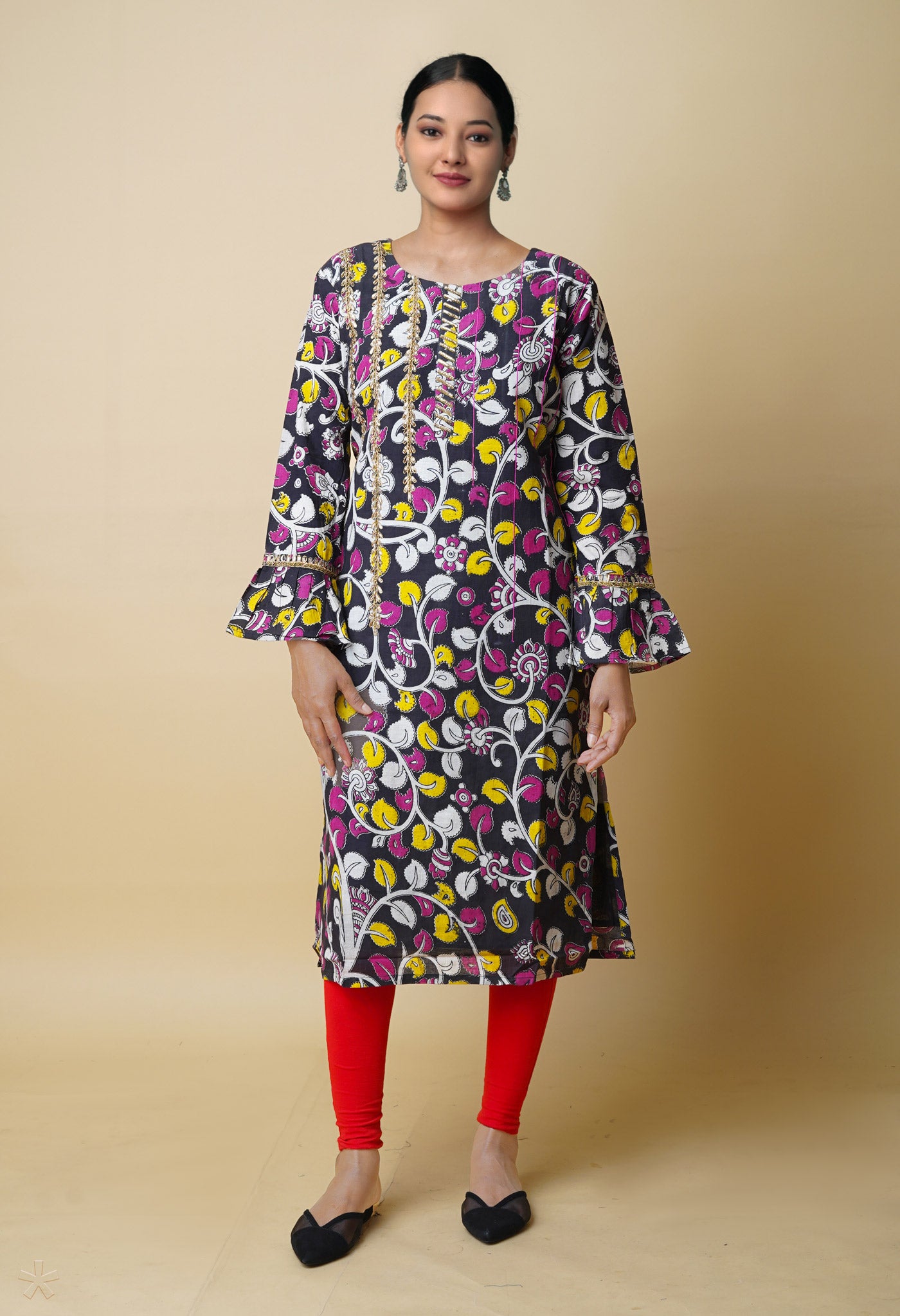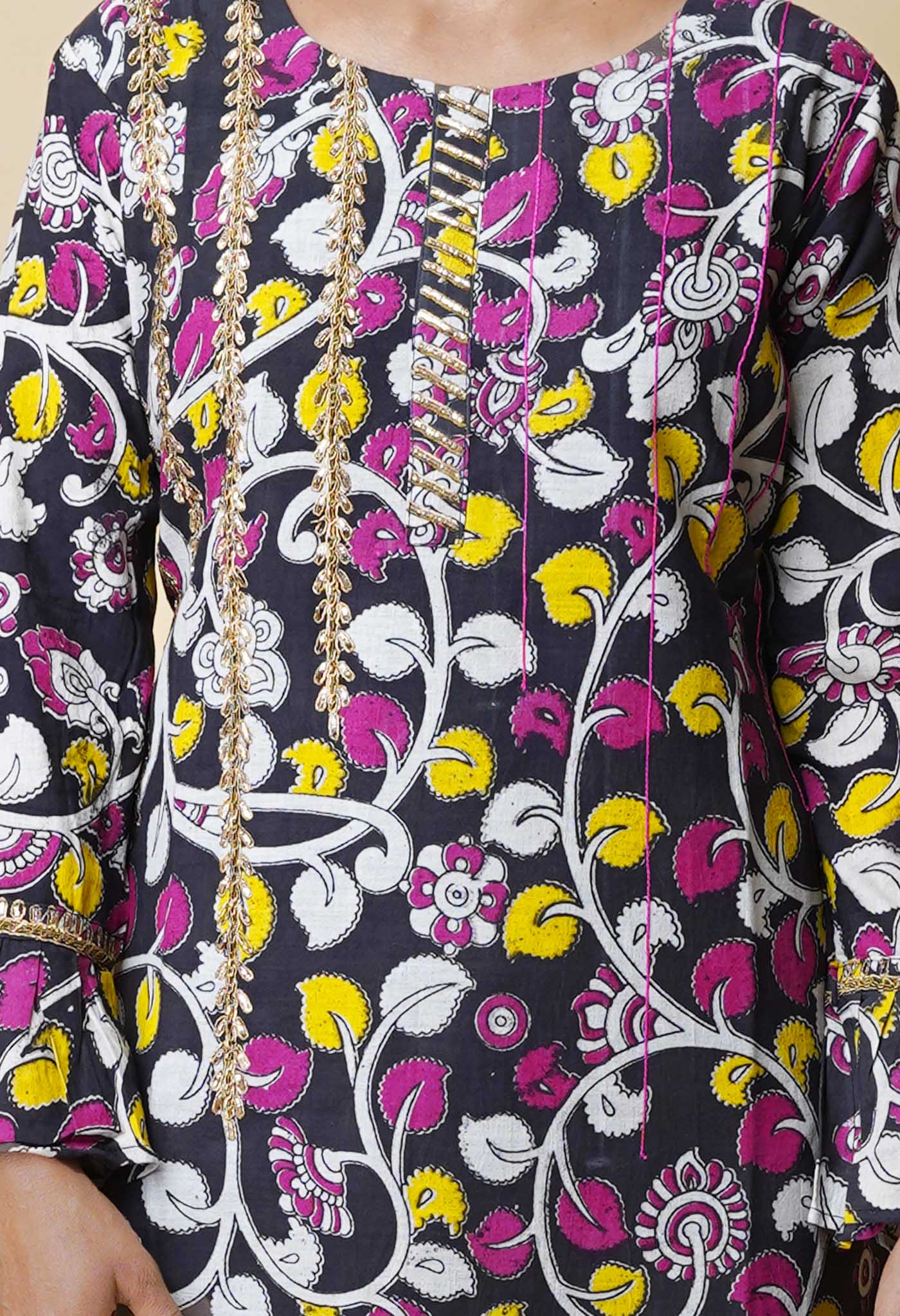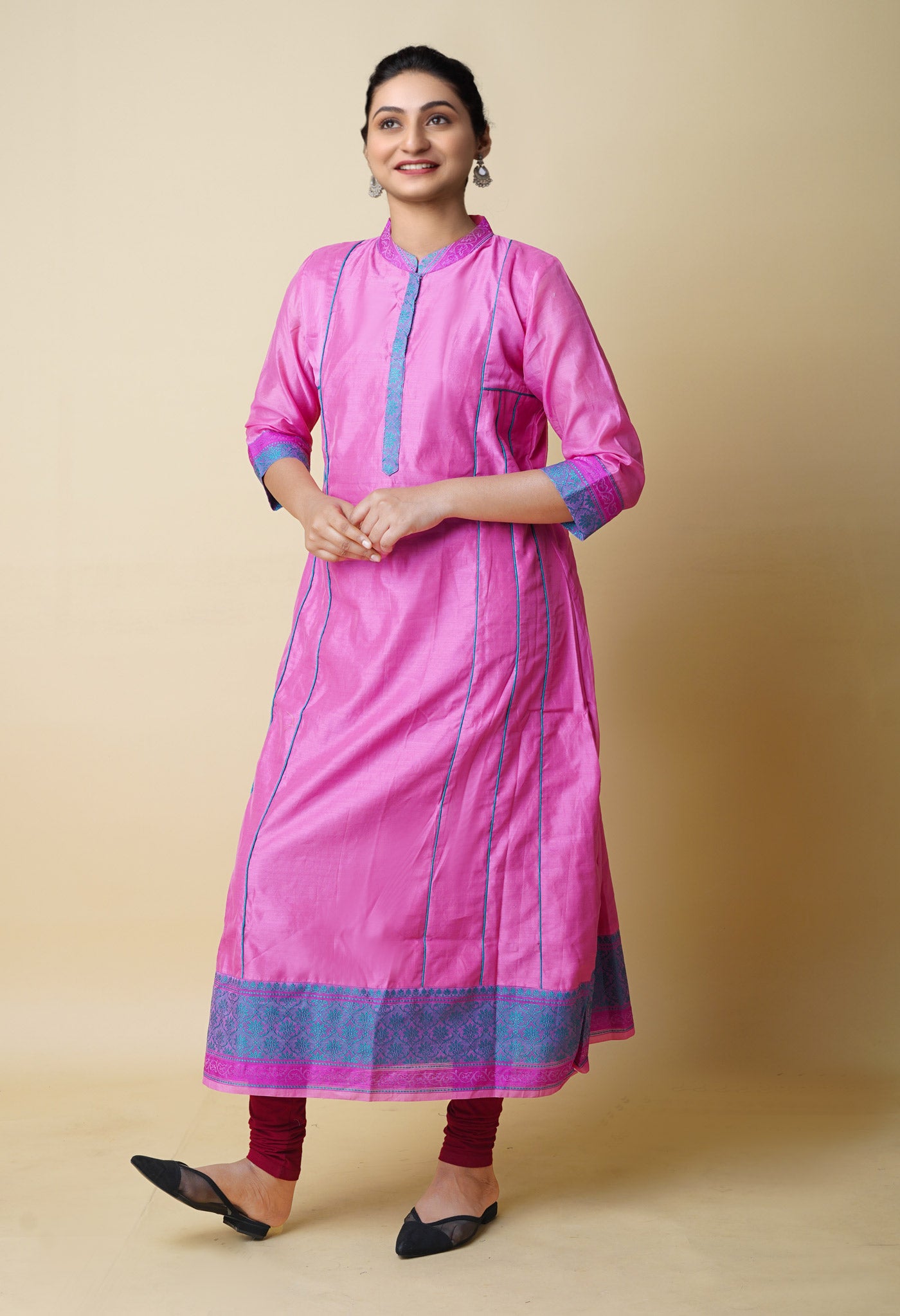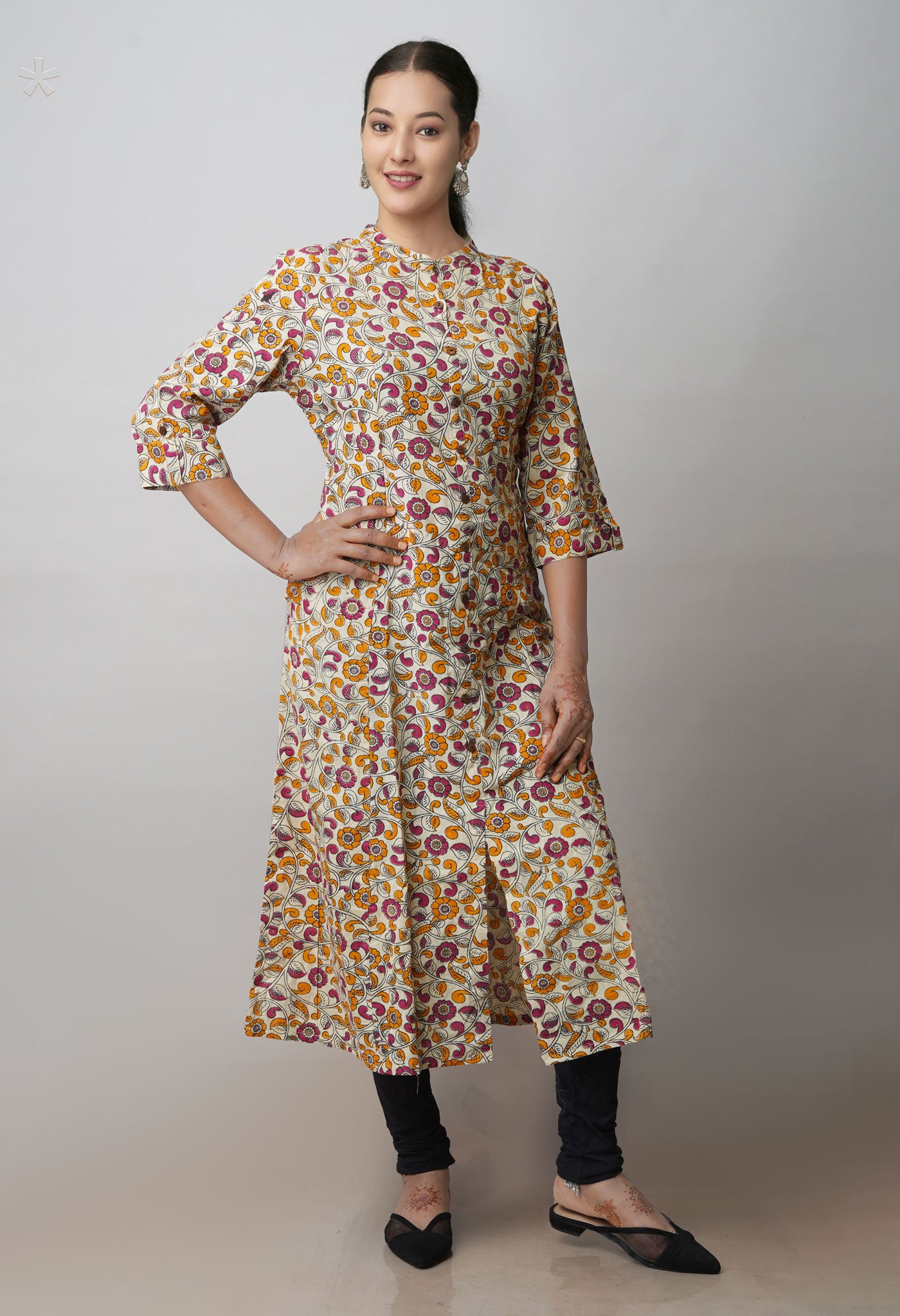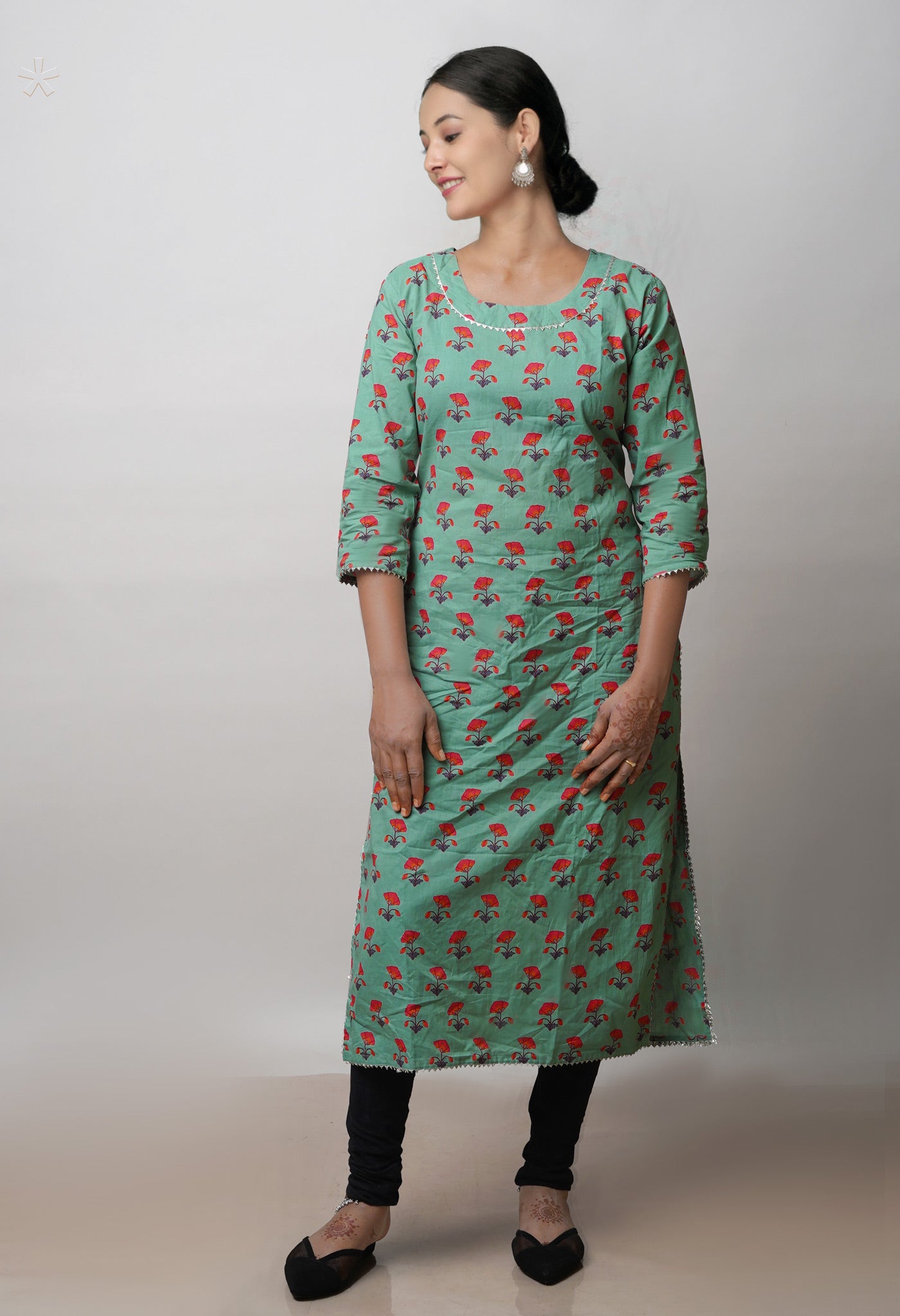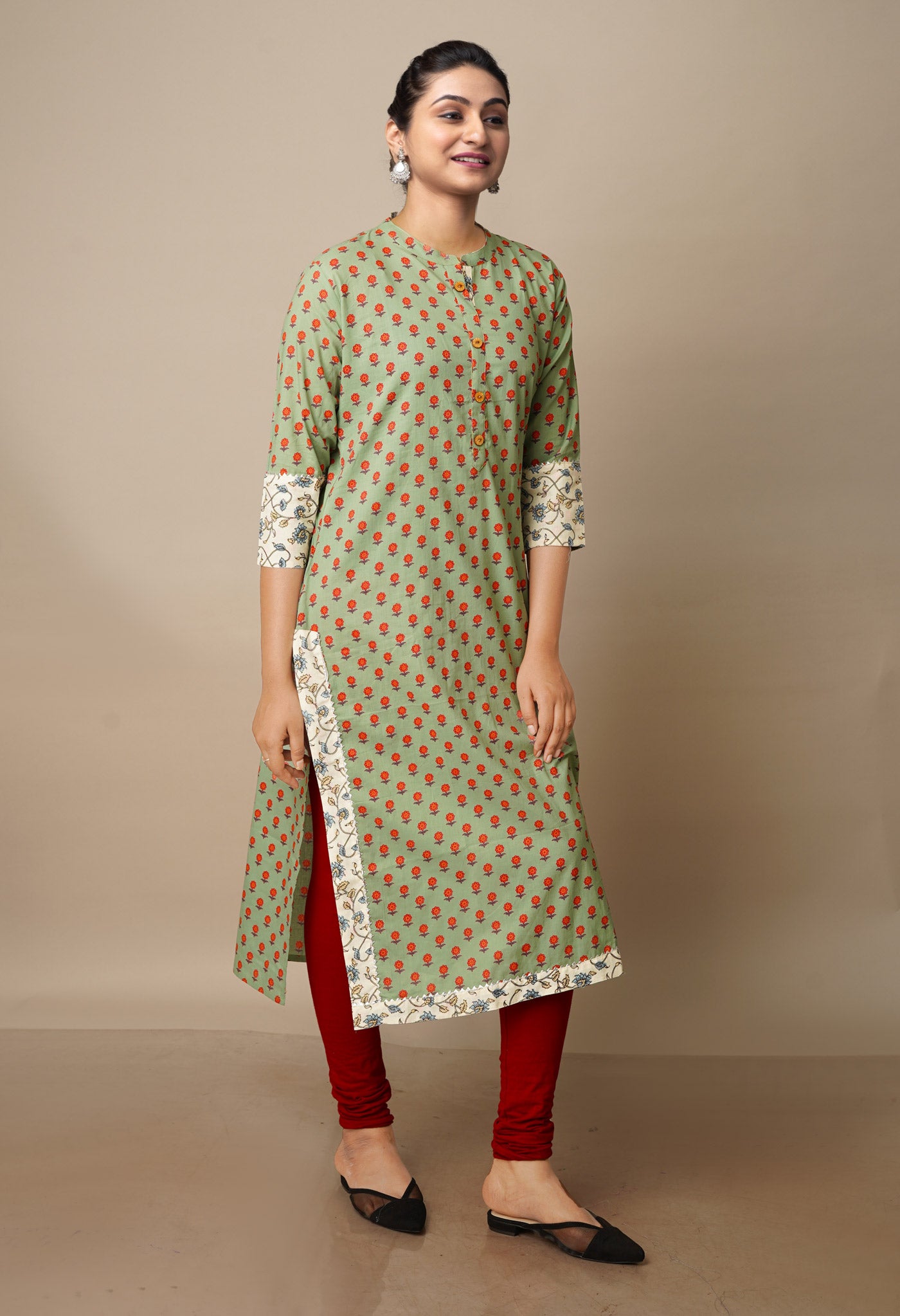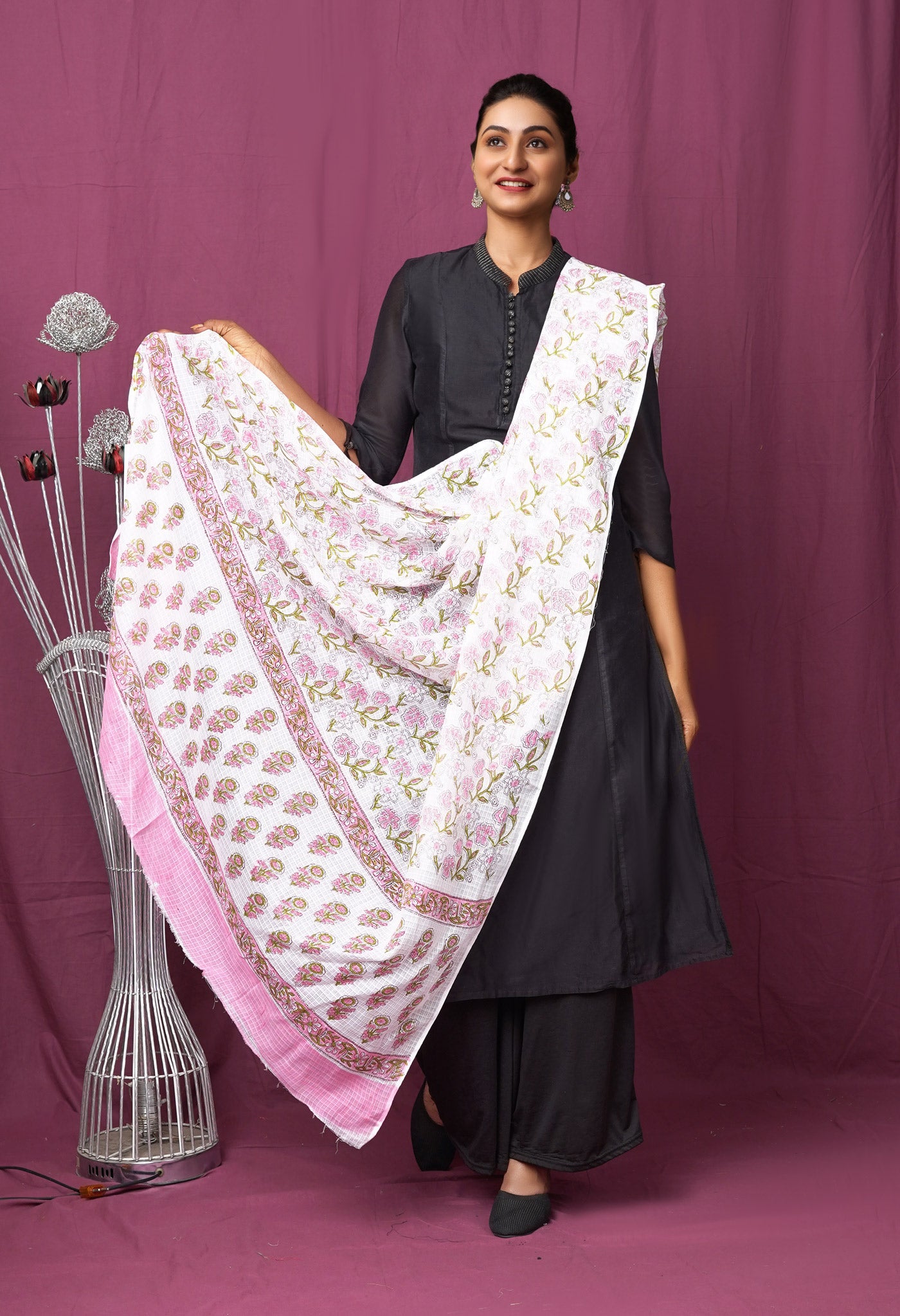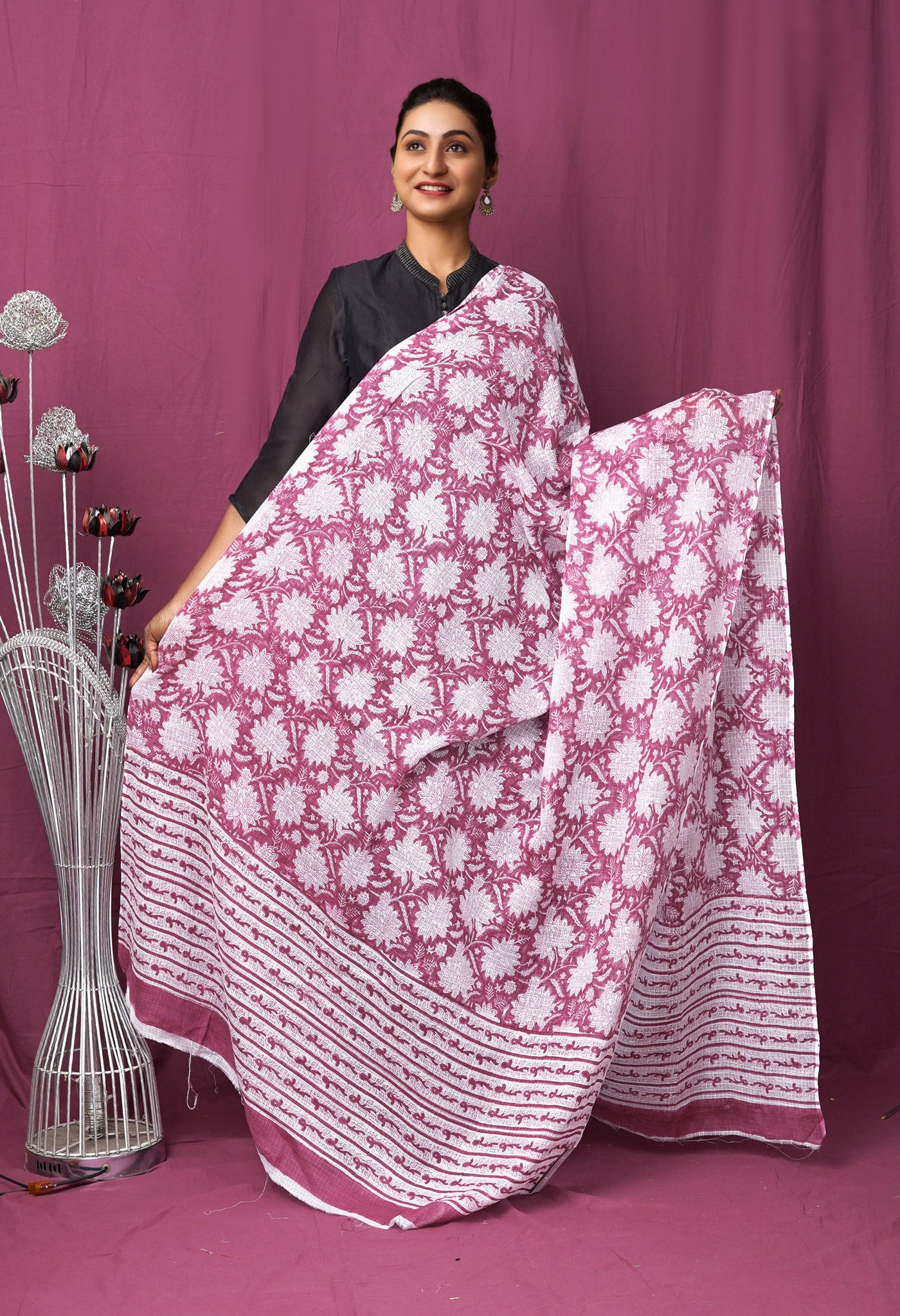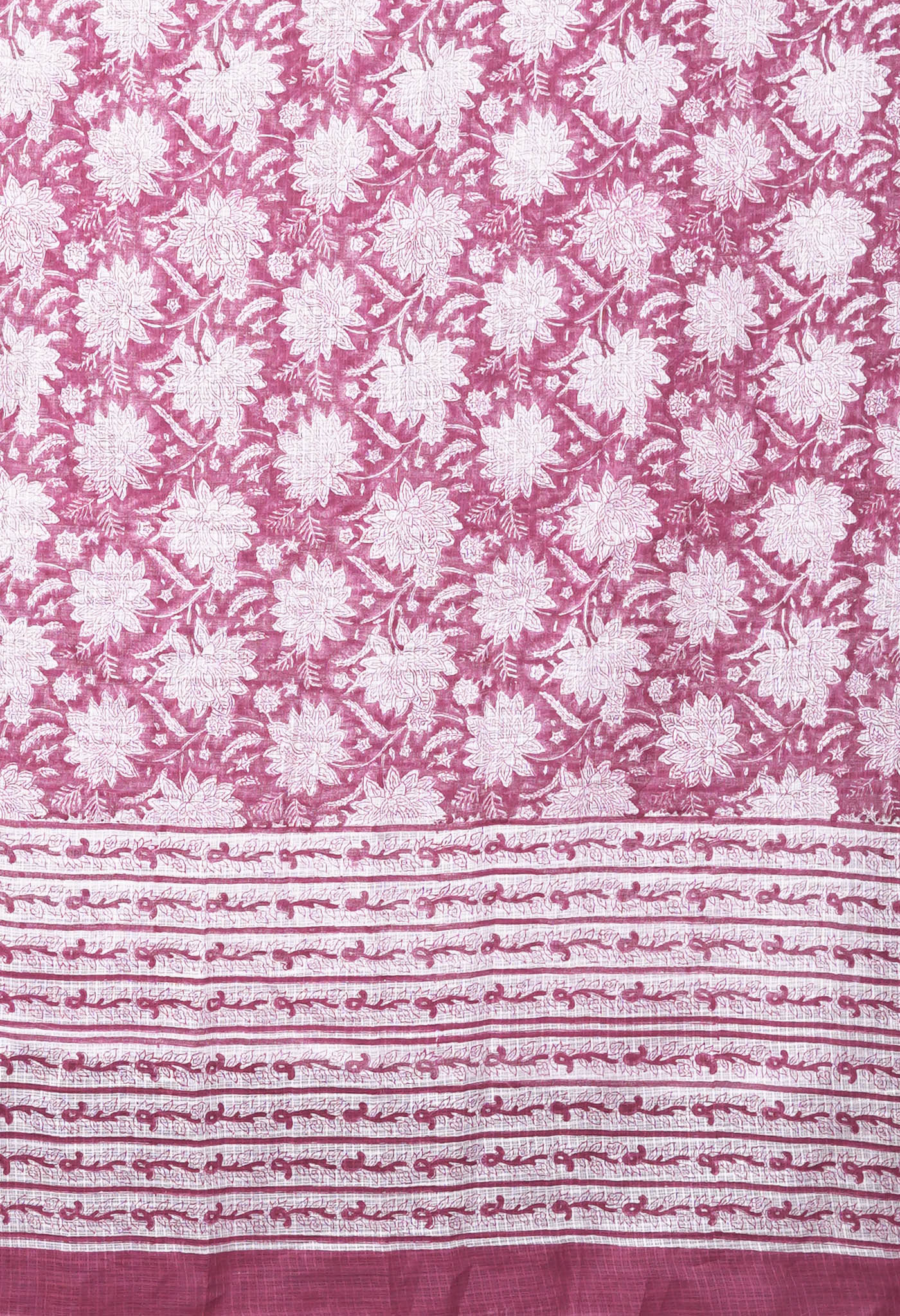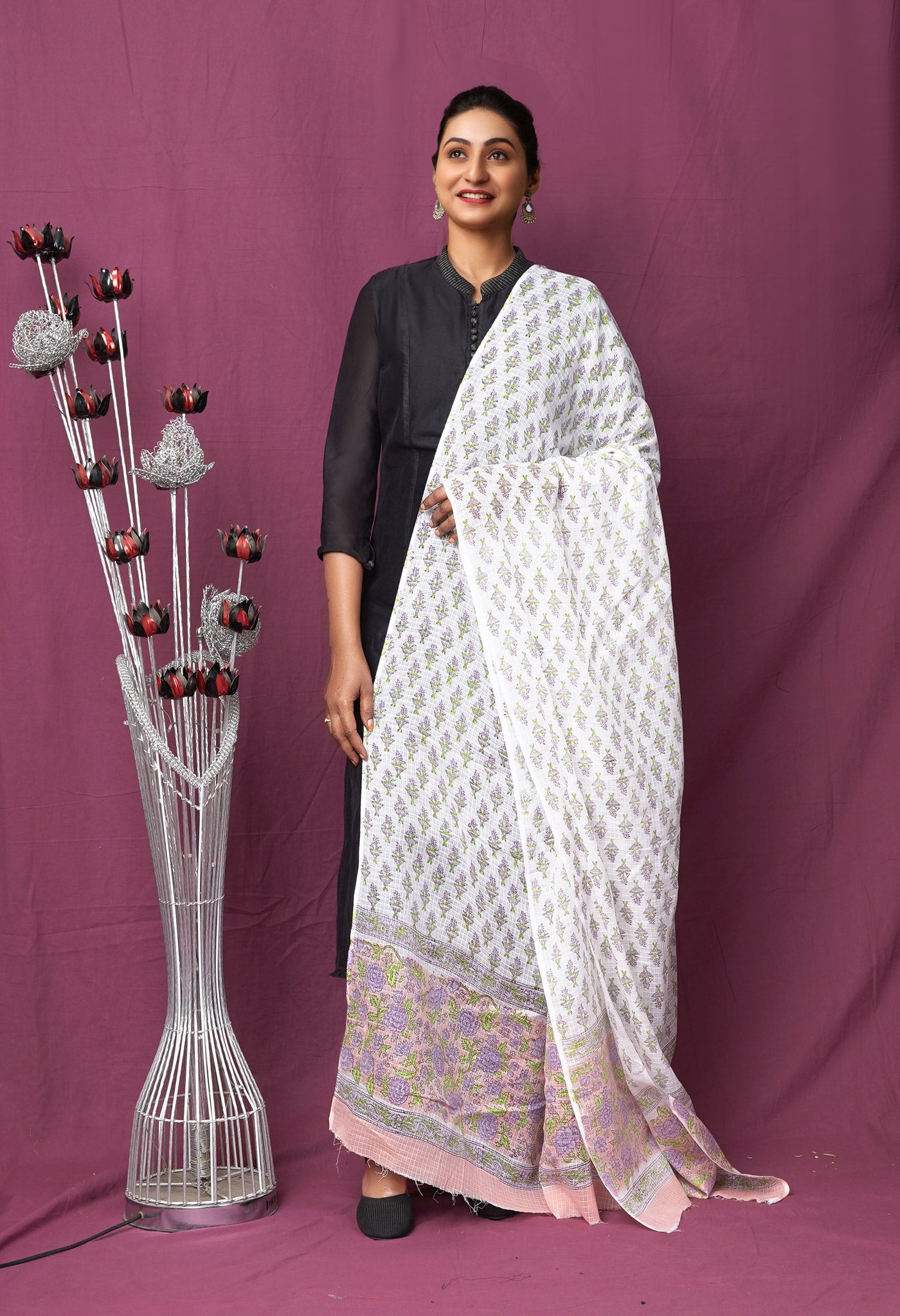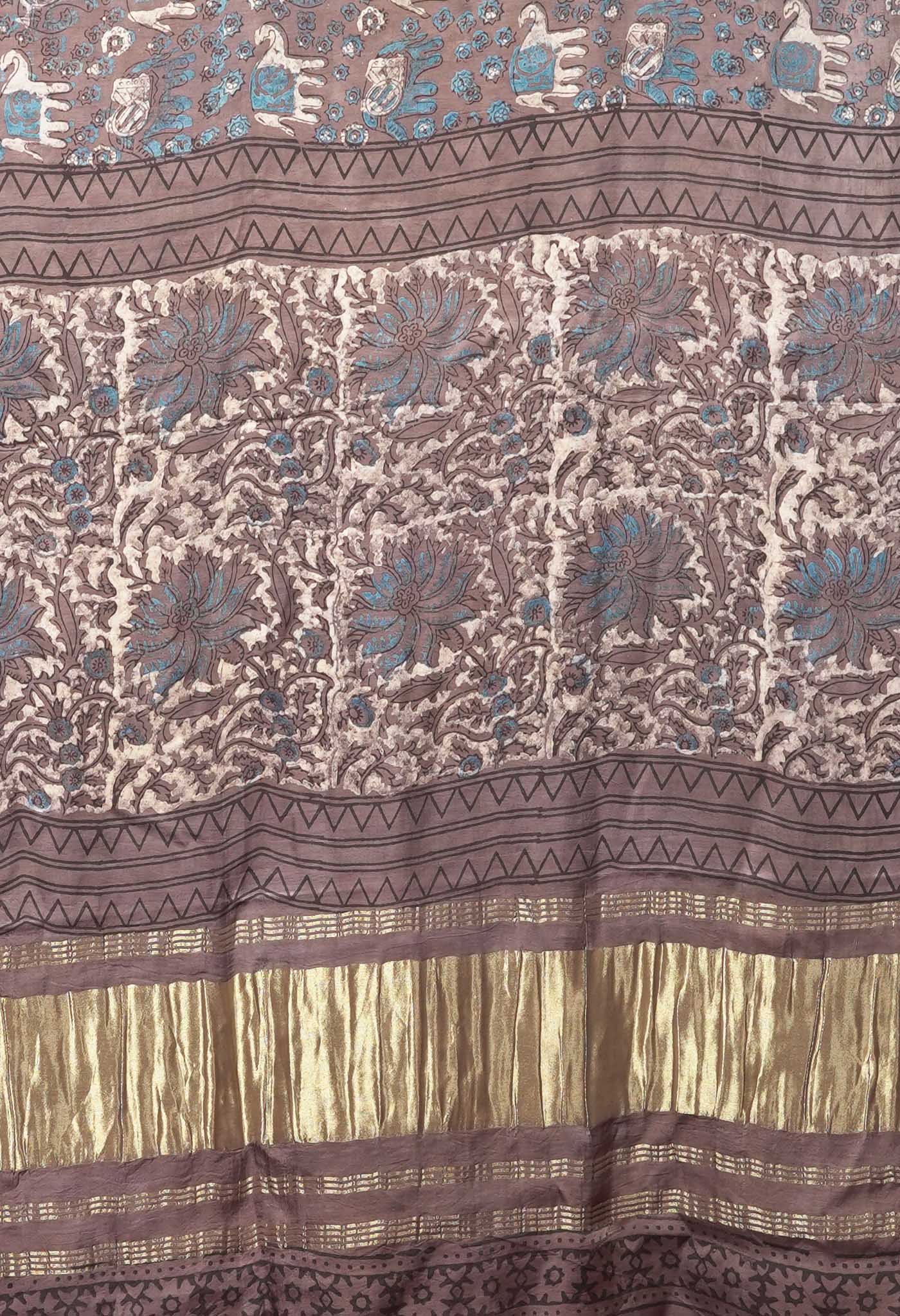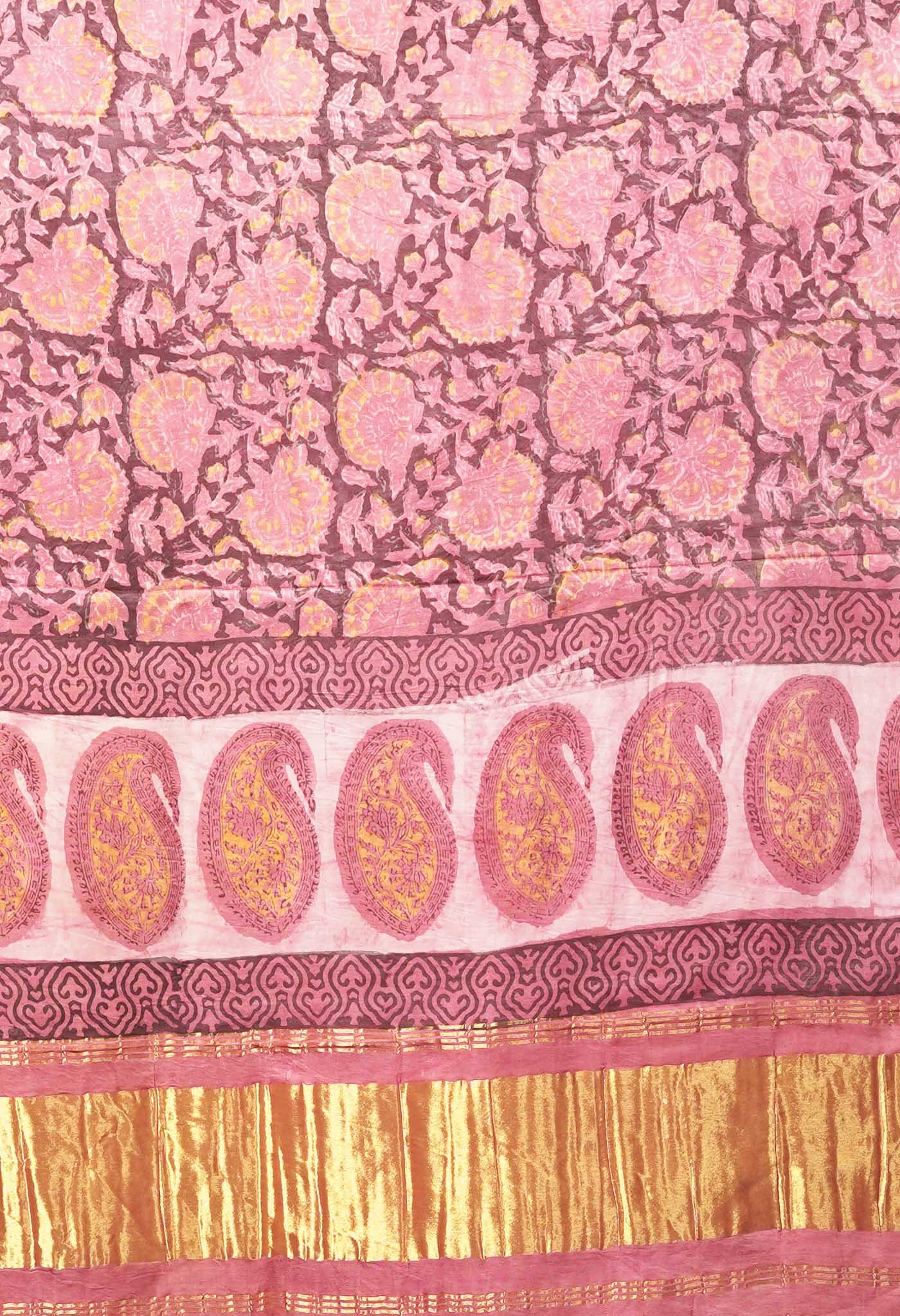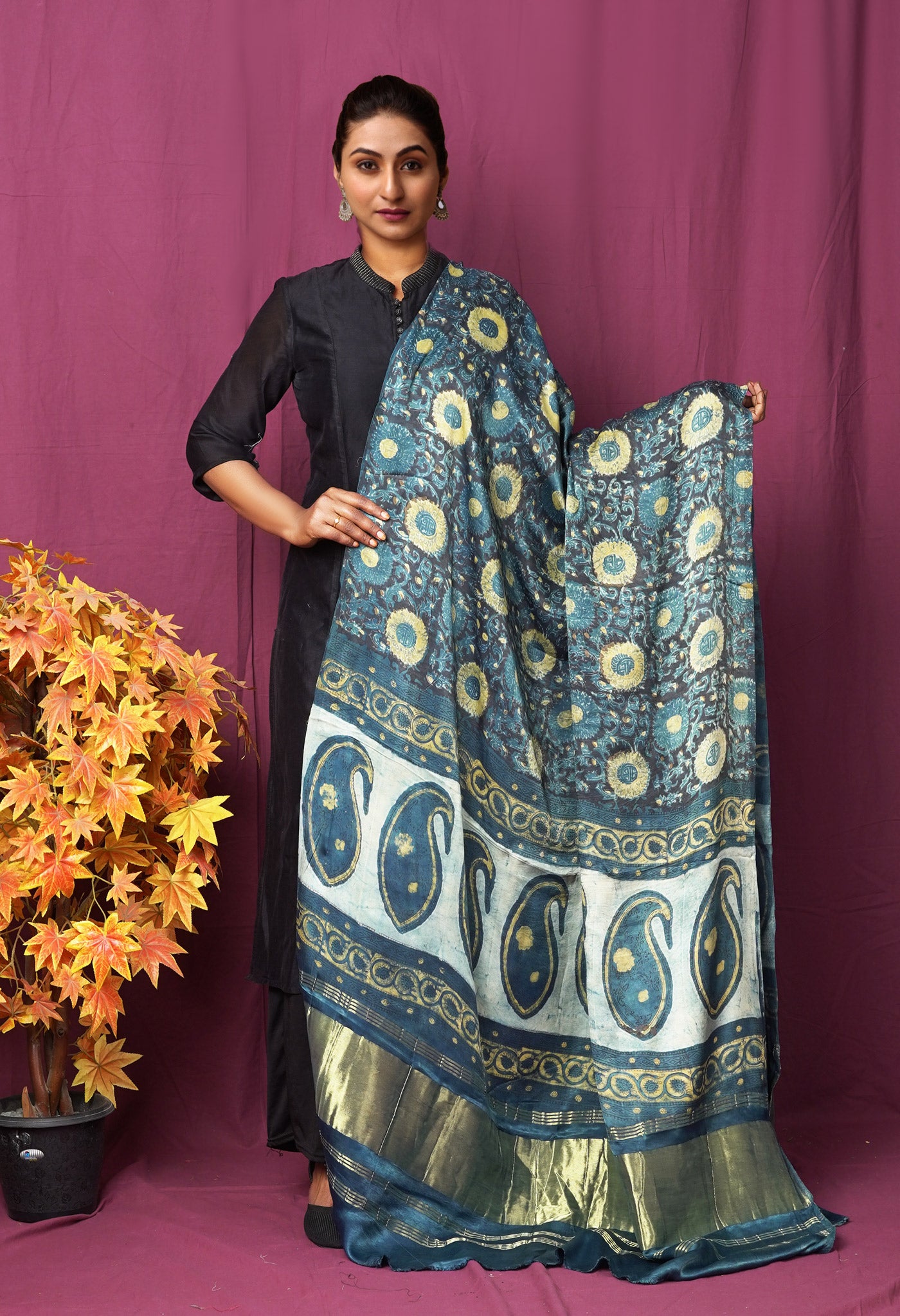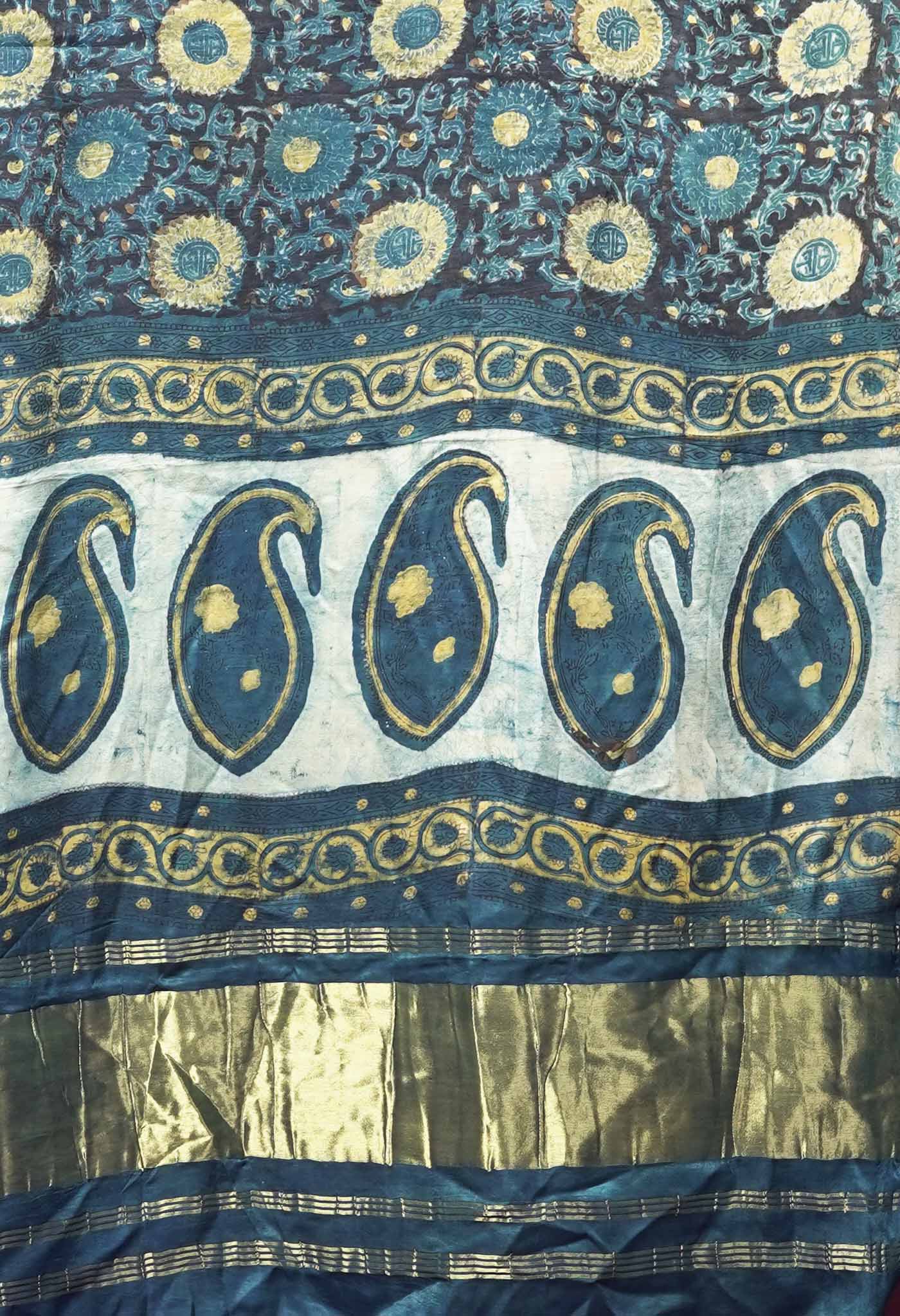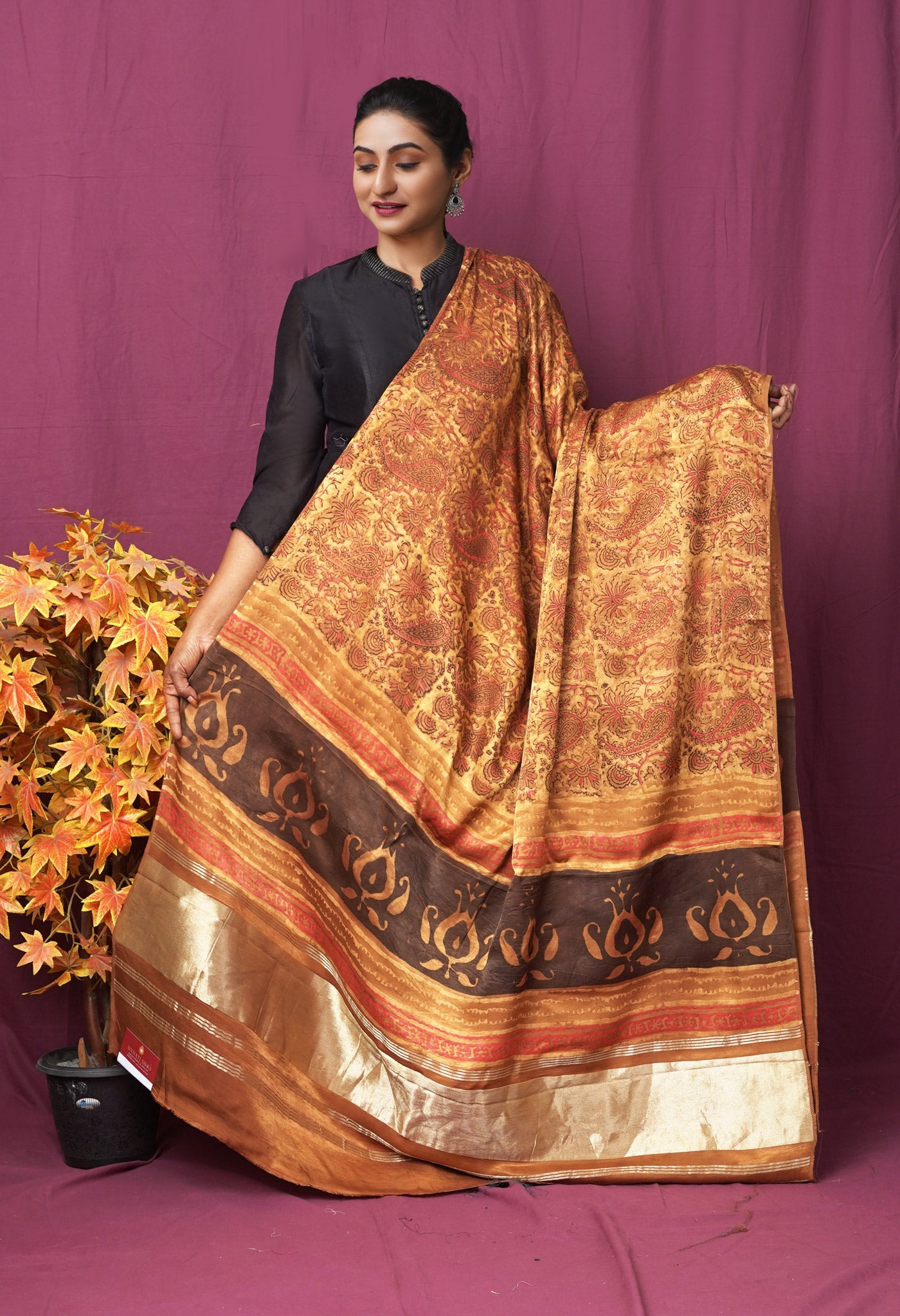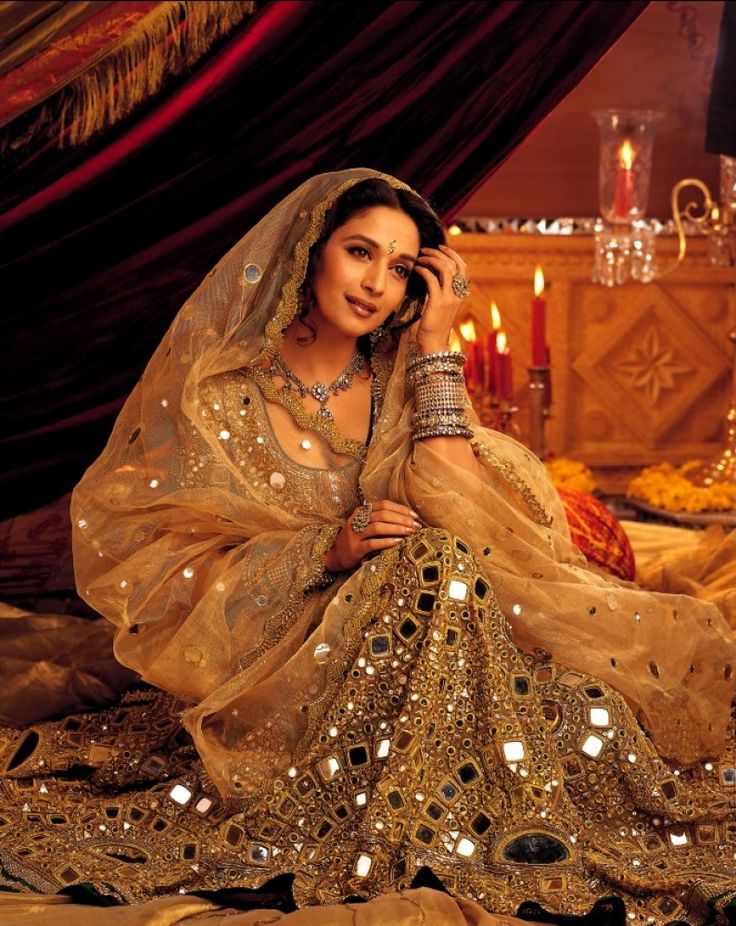
Mirror Work – Traditional Art Finely Reflected In Modern Creations

[/vc_column_text][/vc_column][/vc_row][vc_row][vc_column width="1/6"][vc_gallery type="image_grid" interval="3" images="7432,7438,7430,7433,7422" onclick="link_image" custom_links_target="_self"][/vc_column][vc_column width="2/3"][vc_column_text]
Mirror work or Shisha embroidery is a traditional art using mirrors all over a fabric or in a portion of it, calculated to enhance its look and appeal. It continues to remain popular in modern times, with innovative applications and additions.
Mirror Work, also known as shisha (mirror) embroidery, is a traditional art of affixing mirrors onto a fabric. It is known as Shisheh (Persian) or Abhala Bharat embroidery. It involves the fixing of small mirrors or other reflecting metal in different shapes, on clothes or apparel.
The Saree is a traditional garment of Indian women across the length and breadth of India. It offers a large canvas for any art work. Mirror work on sarees lends them a sparkling appearance. It also enhances the look of plain sarees or those with an otherwise dull appearance. Imaginatively used they tend to heighten the appeal of designer fabrics. Mirror work has been used effectively on a variety of fabrics like cotton, silk, chiffon, crepe, georgette and Supernet.
The basic purpose of mirror work was decoration on a plain fabric. Traditional belief of the evil eye being warded off, through the deflection of the evil gaze from the wearer’s body, was also partly responsible for the popularity of mirror work fabrics in certain regions.
Today mirror work is used as a focal point of interest on a seemingly plain fabric, where it is meant to be an appeal lending accessory. A more innovative use is the subtle strategic positioning on the fabric as part of an intended design, where the mirror used in specific shapes could lend more life-like quality to the fabric. For example, it could be Bindi on the forehead of a woman’s face, very shapely sparkling eyes of a face or the centre of a flower in a floral pattern.
[/vc_column_text][/vc_column][vc_column width="1/6"][vc_gallery type="image_grid" interval="3" images="7440,7426,7414,7418,7420" onclick="link_image" custom_links_target="_self"][/vc_column][/vc_row][vc_row][vc_column width="1/1"][vc_column_text]

Shisha embroidery can be traced back to Iran in the 17th century, was brought to India during the Mughal Rule. One of the Mughal queens is said to have encouraged the art. It originally started with the decorating of fabrics through reflective metal pieces such as Mica, Tin or Silver. Over a period of time, the use of glass pieces came into use. Thin bubbles of glass were blown for this purpose and then broken into small pieces. Current times have machine made glass with silver coating on the back, cut into desired shapes and sizes, and readily available at shops for fabric ornamentation. Sometimes Mica or hand-blown glass, are used as substitutes.
Circular shape is most popular, though other shapes like square, triangular, or some other geometrical shape like polygon, hexagon, also figure in the designs.

Mirrors are fixed to the fabric by placing the mirrors in the desired places and putting cross stitches over them in a pattern. The patterned stitches not only hold the mirrors in place but additionally contribute to the beauty of the saree as designs. Stitches that are made to hold the mirrors in place are generally chain stitch and herringbone stitch.
Mirror embroidery is popular in South Asian countries particularly India, Pakistan, Aghanistan and China. Initially practised only in Gujarat and Rajasthan, it is an art seen in most parts of the country.
There have been many saree creations that have made innovative use of mirror work and which have entered the market.
[/vc_column_text][/vc_column][/vc_row][vc_row][vc_column width="1/6"][vc_gallery type="image_grid" interval="3" images="7446,7453,7437,7443,7442" onclick="link_image" custom_links_target="_self"][/vc_column][vc_column width="2/3"][vc_column_text]
Unnati Silks & Mirror worked sarees
The range of mirror worked sarees and salwar kameez at Unnati silks is enviable. You have Pure handloom Bhagalpuri Dupion Silk sarees with attractive prints, decorated by circlular shaped mirrors all over the body and with an elegant designer patch border and a mango booti design on the pallu. Lending awesome appeal to the wearer they would be appropriate for corporate executives and professors as suitable wear for parties and special occasions. Fancy Pure Crepe Satin Silk Sarees with block floral prints and mirror embroidery work, are nice drapes that would go well with evening parties, conferences and marriages.
Then you have innovative salwar kameez of pure chanderi silks with appliqué work and mango bootis decorating the kameez, matched appropriately with plain salwars and designer dupattas. A stunner, for those exclusive occasions! And Bagru block printed silk kameez with multi-coloured patch borders and chiffon dupattas completing the pretty picture.
All meant for the women of fashion who believe in innovativeness and sensation.
Mirror work has an appeal for designers, and the fashion world. Designer creations that would appeal to the fashionaistas of Bollywood and high society have regularly appeared on the market time to time and the appeal has widened to other strata of society as well.
An art that was once meant for Royalty and its desire for exclusiveness, has been explored and experimented with newer ideas and novel designs to keep the interest alive in this traditional method of decorating fabrics till date.
[/vc_column_text][/vc_column][vc_column width="1/6"][vc_gallery type="image_grid" interval="3" images="7444,7443,7454,7435,7455" onclick="link_image" custom_links_target="_self"][/vc_column][/vc_row][vc_row][vc_column][vc_column_text]
 [/vc_column_text][vc_column_text]
[/vc_column_text][vc_column_text]What adornment was once was once a means of beautification given the traditional slant of averting the evil gaze, is today replaced by the deliberate intent to include for creating the desire in interested buyers for handloom apparel.
[/vc_column_text][vc_cta_button call_text="For Latest Variety of Mirror work sarees, Bridal Saris and Designer saris!!!!" title="Shop Online" target="_blank" color="btn-danger" icon="wpb_balloon_buzz" size="wpb_regularsize" position="cta_align_right" href="www.unnatisilks.com"][/vc_column][/vc_row]

